36 tactics of Chinese generals - booknotes
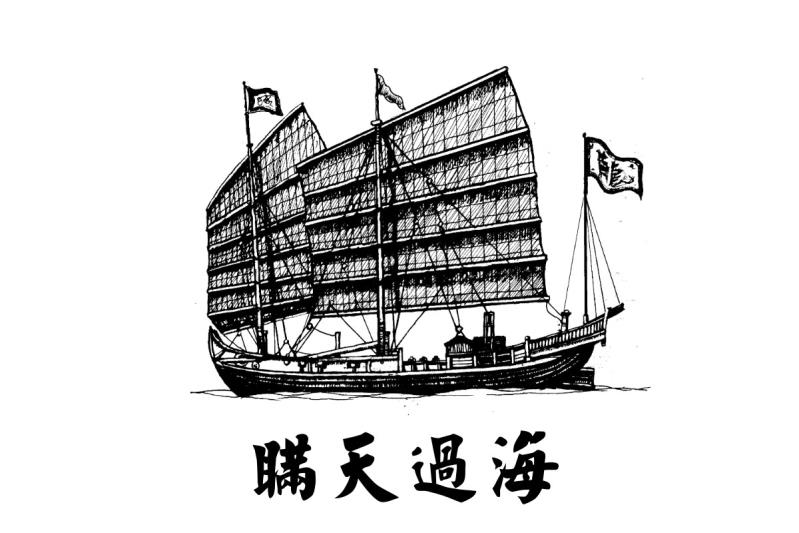
Summary:
The document outlines the strategy of "Fool the Emperor to Cross the Sea," demonstrating how to disarm an opponent by cultivating a false sense of security, as exemplified through historical anecdotes from the Warring States Period in China and a Japanese folk tale, emphasizing the connection between surprise and success in conflict.
Outline
- 1. Introduction to Strategy 1
- 1.1 Overview of the Strategy
- 1.2 Importance of Surprise in Conflict
- 2. Historical Examples
- 2.1 The Case of Wang Jian and Chu
- 2.1.1 Initial Strategy and Reaction
- 2.1.2 The Final Attack and Consequences
- 2.2 The Defense by Li Mu Against the Xiongnu
- 2.2.1 Li Mu’s Non-Engagement Approach
- 2.2.2 Setting an Ambush
- 3. Folk Tale Illustration
- 3.1 The Samurai and the Clever Rat
- 3.1.1 Attempts with Various Cats
- 3.1.2 The Resolution with the Lazy Cat
- 4. Summary of Strategy and Lessons Learned
Glossary
| Term | Definition |
|---|---|
| - **Fool the Emperor to Cross the Sea** | A strategic approach that involves misleading an opponent into a state of complacency before launching a surprise attack. |
| - **Warring States Period** | A period in ancient Chinese history (475–221 B.C.) characterized by constant military conflict between several states, ultimately leading to the unification of China. |
| - **Ambush** | A surprise attack from a concealed position, often employed to trap and defeat an unsuspecting enemy. |
| - **Habituation** | A psychological phenomenon where repeated exposure to a stimulus results in a decreased response over time. |
| - **Stockade** | A defensive barrier or fortification, often made of wooden posts, used to secure a military encampment. |
| - **Xiongnu** | A confederation of nomadic peoples from the Central Asian steppes known for their raids into Chinese territories during ancient times. |
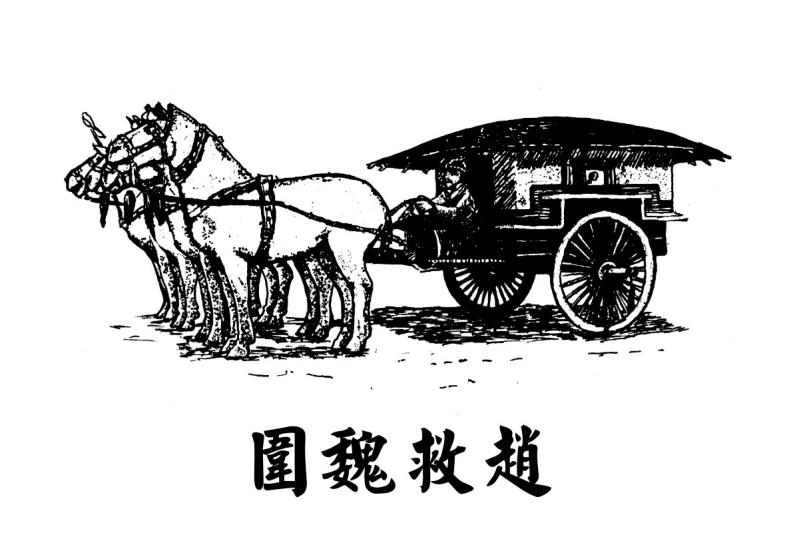
Summary:
The document discusses the ancient Chinese military strategy "Besiege Wei to Rescue Zhao," exemplified by historical events during the Warring States Period, where weakened enemy defenses were targeted while their main forces were engaged elsewhere, leading to successful rescues and military victories through deception and indirect attack.
Outline
- 1. Introduction to the Strategy
- 1.1 Definition of "Besiege Wei to Rescue Zhao"
- 1.2 Historical Context
- 2. Key Historical Example
- 2.1 Sun Bin and the Siege of Zhao
- 2.2 Tactics Employed
- 2.2.1 Dividing the Army
- 2.2.2 Use of Ambush
- 3. Additional Historical Instances
- 3.1 Han Xin's Campaign Against Zhao
- 3.2 Duke Wen of Qin and the Decision to Withdraw
- 4. Summary of the Strategy's Principles
- 4.1 Importance of Indirect Attack
- 4.2 Exploiting Enemy Vulnerabilities
Glossary
| Term | Definition |
|---|---|
| - **Warring States Period** | A period of intense military conflict and political fragmentation in ancient China from roughly 475 to 221 B.C. |
| - **Sun Zi** | An ancient Chinese military strategist and author of "The Art of War," a seminal text on military strategy. |
| - **Ambush** | A surprise attack by armed forces from a concealed position. |
| - **Siege** | A military tactic involving surrounding a fortified place to compel it to surrender. |
| - **Fortified Positions** | Defensive structures or areas where troops are stationed to withstand attacks. |
| - **Military Advisor** | A person who provides strategic advice to military leaders regarding tactics and operations. |
| - **Cavalry** | Soldiers who fight mounted on horseback. |
| - **Feigned Retreat** | A military tactic where a force pretends to withdraw in order to lure the enemy into a vulnerable position. |
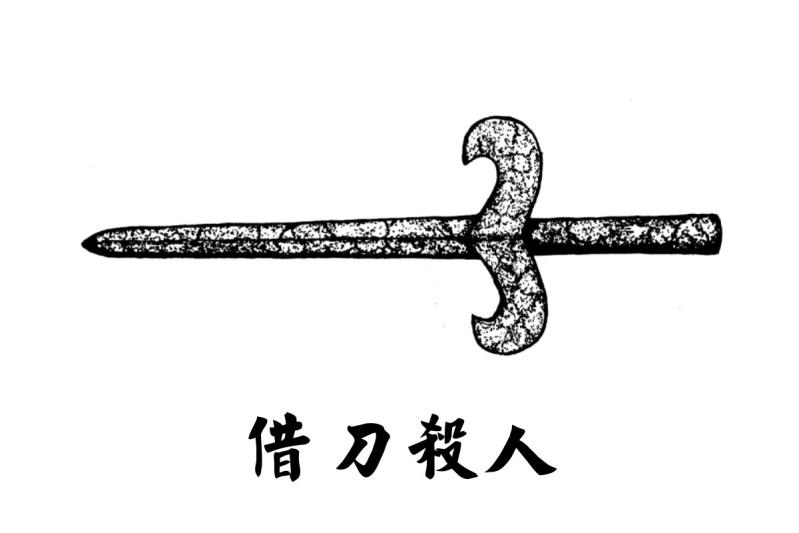
Summary:
This document outlines strategic principles from ancient Chinese warfare, specifically the "Kill With a Borrowed Sword" strategy, emphasizing the use of deception and manipulation to leverage enemy strengths and eliminate adversaries without direct confrontation.
Outline
- 1. Introduction to Strategic Warfare
- 1.1 Definition of "Kill With A Borrowed Sword"
- 1.2 Historical Context
- 2. Case Studies
- 2.1 Duke of Zheng and State of Kuai
- 2.1.1 The Spread of Rumors
- 2.1.2 Consequences of Trust Betrayal
- 2.2 Chang Tuo and Eastern Zhou
- 2.2.1 The Assassination Plot
- 2.2.2 Role of Espionage
- 3. Folklore Lessons
- 3.1 The Tale of the Fox and the Tiger
- 3.1.1 Themes of Deception
- 3.1.2 Implications on Leadership
- 4. Conclusion
- 4.1 Summary of Principles
- 4.2 Application of Strategies in Modern Context
Glossary
| Term | Definition |
|---|---|
| - **Kill With A Borrowed Sword** | A strategic principle that advocates utilizing the resources or strengths of an opponent to achieve one's own goals, particularly in conflict situations. |
| - **Deception** | The act of misleading or tricking someone to gain a tactical advantage. |
| - **Espionage** | The practice of spying or using spies to gather confidential information about an enemy or rival. |
| - **Defection** | The act of abandoning one cause or allegiance for another, often involving a change of sides in a conflict. |
| - **General** | A high-ranking military officer responsible for commanding and leading armed forces. |
| - **Rumor** | A currently circulating story or report of uncertain or double sources that can influence perceptions and actions. |
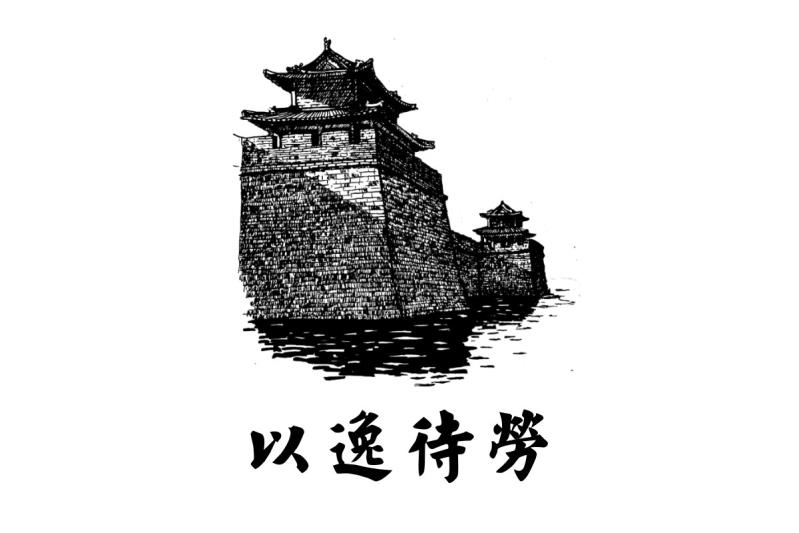
Summary:
This document discusses the advantages of choosing the time and place of battle, emphasizing that a well-prepared army that conserves its strength can defeat a fatigued enemy. It illustrates this concept through historical examples and folk tales, highlighting the importance of morale and strategy in warfare.
Outline
- 1. Introduction to Strategy
- 1.1 Importance of Timing and Terrain
- 1.2 Overview of Key Historical Examples
- 2. Case Study: Duke Zhuang of Lu
- 2.1 Initial Encounter with Qi
- 2.2 Importance of Morale in Battle
- 3. Case Study: Duke Mu and the Qin Army
- 3.1 Failure to Heed Strategic Advice
- 3.2 Consequences of Exhaustion
- 4. Folk Tale: Emperor Xuan of Zhou
- 4.1 Training of Roosters
- 4.2 Lessons Learned from Preparation
- 5. Summary of Key Insights
- 5.1 Advantages of Preparedness
- 5.2 Risks of Hasty Engagements
Glossary
| Term | Definition |
|---|---|
| 1. **Morale** | The confidence, enthusiasm, and discipline of a person or group at a particular time, especially in a military context. |
| 2. **Strategy** | A plan of action designed to achieve a long-term or overall aim in military operations. |
| 3. **Ambush** | A surprise attack by people lying in wait in a concealed position. |
| 4. **Formation** | The arrangement of a military unit or troops in a particular configuration for battle. |
| 5. **Retreat** | The act of withdrawing or pulling back from an enemy or a difficult situation. |
| 6. **Exhausted** | Having lost strength or energy, typically due to overexertion. |
| 7. **Surprise Attack** | An offensive operation that is executed in a way that catches the enemy off guard. |
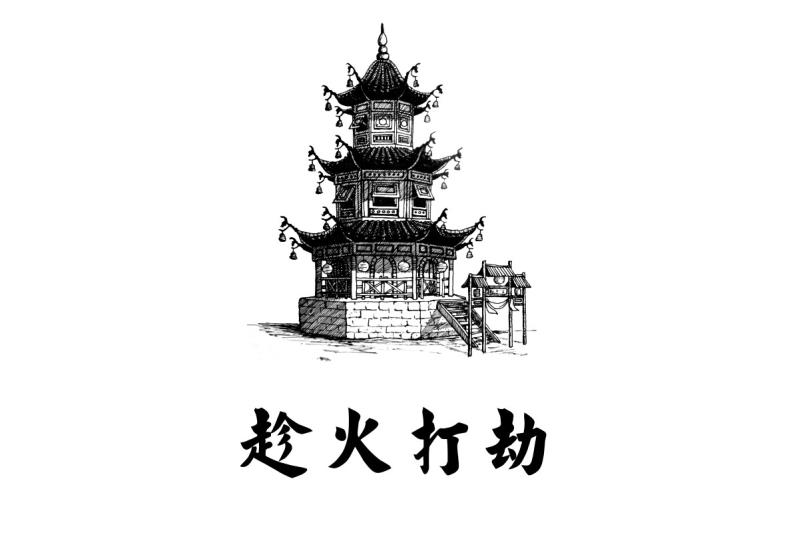
Summary:
This document discusses the strategy of exploiting the vulnerabilities of a weakened opponent in warfare, illustrated through historical examples from ancient China, including King Gou Jian's revenge against Wu and the manipulation of internal strife to seize power.
Outline
- 1. Introduction to Strategy
- 1.1 Definition and Context of "Loot a Burning House"
- 1.2 Importance of Timing in Warfare
- 2. Historical Examples
- 2.1 Gou Jian and Wu
- 2.1.1 Background of the Conflict
- 2.1.2 Strategies Employed by Gou Jian
- 2.2 Qi and Han
- 2.2.1 Political Alliances
- 2.2.2 Exploitation of Yan's Internal Turmoil
- 2.3 Northern Qi and Northern Zhou
- 2.3.1 Governance Issues in Northern Qi
- 2.3.2 The Fall of Northern Qi
- 3. Conclusion
- 3.1 Summary of Key Insights
- 3.2 Lessons on Military Strategy and Governance
Glossary
| Term | Definition |
|---|---|
| - **Gou Jian** | The king of Yue who was captured and humiliated by Wu but later rebuilt his power and sought revenge. |
| - **Fu Chai** | The king of Wu who defeated Yue and later fell victim to Gou Jian’s strategic plans. |
| - **Warring States Period** | A period in ancient Chinese history characterized by constant warfare among various states. |
| - **Sowing Discord** | A strategic tactic aimed at creating division and unrest within an enemy's ranks or alliances. |
| - **Tribute** | A payment made periodically by one state or ruler to another, often in acknowledgment of submission. |
| - **Internal Conflicts** | Problems and disputes within a country that weaken its strength and stability. |
| - **Corruption** | The abuse of power for personal gain, weakening the governance and function of a state. |
| - **Drought** | A prolonged period of abnormally low rainfall that leads to water shortages and agricultural failures. |
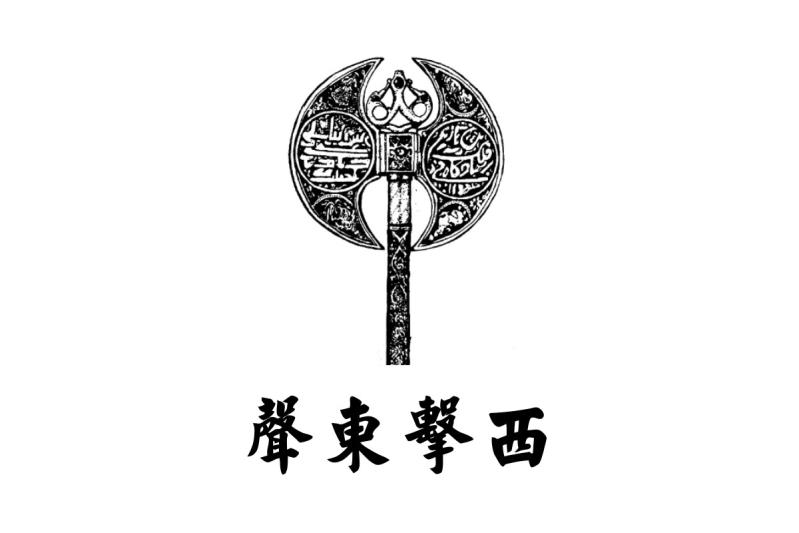
Summary:
The document discusses the tactical advantage of deception in warfare, highlighting the importance of feints to mislead the enemy regarding the actual point of attack, as exemplified by historical battles involving Cao Cao and Genghis Khan.
Outline
- 1. Introduction to Strategy
- 1.1 Importance of Surprise in Battle
- 1.2 Historical Context of Strategy
- 2. Case Studies
- 2.1 The Battle of Guandu
- 2.1.1 Yuan Shao’s Strategy
- 2.1.2 Cao Cao’s Counteraction
- 2.2 Robbery Story as a Metaphor
- 2.2.1 Observation of Thieves
- 2.2.2 Official's Misjudgment
- 2.3 Genghis Khan’s Conquest
- 2.3.1 Division of Forces
- 2.3.2 Strategic Movement Across Terrain
- 3. Summary of Tactical Implications
- 3.1 Reinforcement and Neutralization
- 3.2 Final Insights on Deception in Warfare
Glossary
| Term | Definition |
|---|---|
| 1. **Feint** | A deceptive maneuver or action designed to distract or mislead the enemy about the actual point of attack. |
| 2. **Surprise** | The element of unexpectedness in military strategy that gives one side the advantage over the other. |
| 3. **Flank** | The side of a military formation, often targeted for attack to gain an advantage over the enemy. |
| 4. **Stronghold** | A fortified position or building that is secured against enemy attack. |
| 5. **Divisions** | Large military units organized to operate together, often comprising varying numbers of soldiers. |
| 6. **Communications** | The system and methods used for relaying information and orders between military units. |
| 7. **Strategic Position** | A location that gives a tactical advantage to one side in a conflict, often involving key territories or resources. |
| 8. **Retreat** | The act of withdrawing from battle or an enemy position, often to regroup or avoid casualties. |
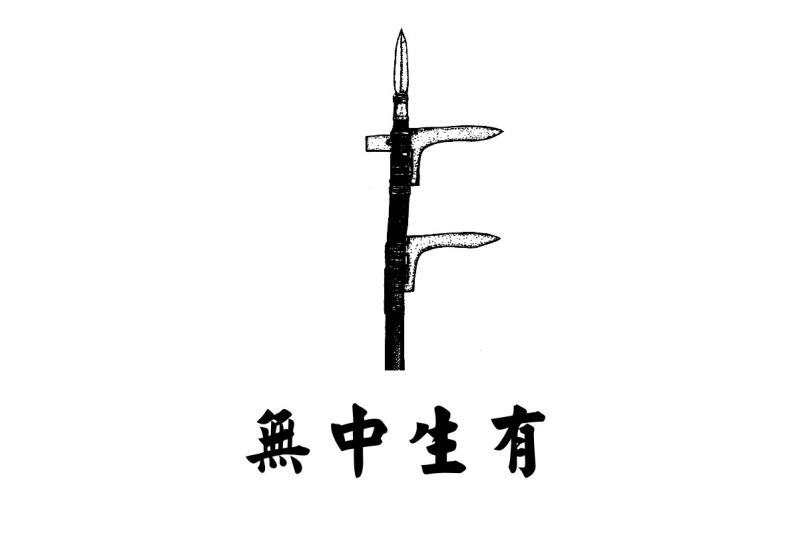
Summary:
This document outlines various military strategies from ancient China, illustrating how deception and feints can convert apparent weaknesses into strengths, allowing leaders to gain the upper hand over their enemies despite challenging circumstances.
Outline
- 1. Introduction to Strategic Deception
- 1.1 Concept of creating something from nothing
- 1.2 Importance of feints in warfare
- 2. Case Studies of Historical Strategies
- 2.1 General He Ruodun's tactics against Chen
- 2.1.1 Supply disruption and capturing enemies
- 2.1.2 Utilizing horses to create false-threats
- 2.2 General He Nuobi's river crossing deception
- 2.2.1 Noise and distraction tactics
- 2.2.2 The surprise attack
- 2.3 General Zhang Xun's arrow recovery strategy
- 2.3.1 Use of straw dummies
- 2.3.2 Execution of a counter-offensive
- 3. Summary of Strategic Principles
- 3.1 Interchangeability of direct and indirect attacks
- 3.2 Conclusion and implications for modern tactics
Glossary
| Term | Definition |
|---|---|
| - **Feint** | A deceptive movement or action intended to divert attention away from a true effort or attack. |
| - **Shock troops** | Specialized soldiers trained to lead assaults, intended to create chaos and inflict rapid casualties on the enemy. |
| - **Ambush** | A surprise attack by people lying in wait in a concealed position. |
| - **Supply lines** | The routes along which resources and supplies are transported to troops in the field. |
| - **Siege** | A military operation in which enemy forces surround a city or fortress, cutting off essential supplies to compel surrender. |
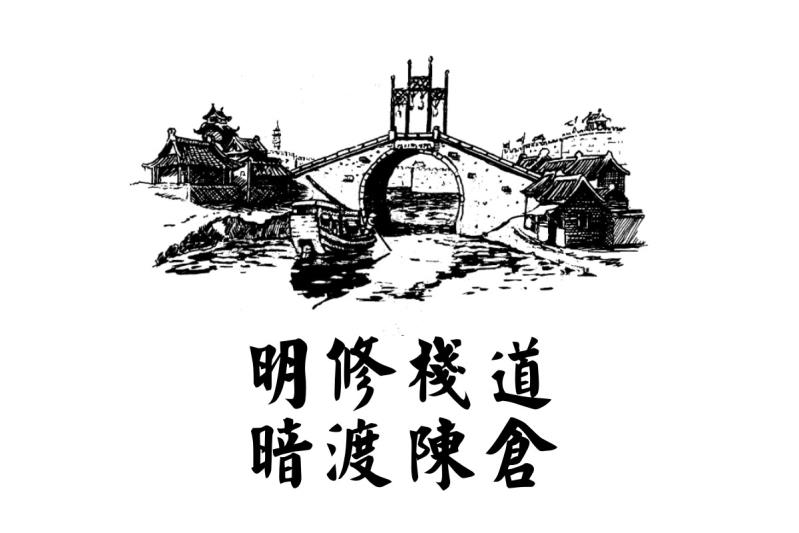
Summary:
This document outlines the military strategy known as "Openly Repair the Walkway, Secretly March to Chencang," emphasizing the effective use of direct and indirect methods in warfare, illustrated by historical examples from ancient China and Japan where deceptive tactics led to surprising victories.
Outline
- 1. Introduction to Strategy
- 1.1 Definition of Openly Repair the Walkway, Secretly March to Chencang
- 1.2 Importance of Direct and Indirect Methods
- 2. Historical Examples
- 2.1 Warring States Period
- 2.1.1 The Siege of Ouyu
- 2.1.2 Zhao She's Strategy
- 2.2 Qin Dynasty
- 2.2.1 Gaozu's Exile
- 2.2.2 Repairing the Walkway
- 2.3 Muromachi Period Japan
- 2.3.1 Oda Nobunaga’s Surprise Attack
- 3. Analysis of Tactics
- 3.1 Effective Use of Feints
- 3.2 Concentrating Forces for a Counterattack
- 3.3 Implications for Modern Warfare
Glossary
| Term | Definition |
|---|---|
| - **Direct Attack** | A straightforward military engagement aimed at the enemy that is anticipated and prepared for. |
| - **Indirect Attack** | A covert military maneuver that exploits the enemy's lack of awareness, causing confusion. |
| - **Warring States Period** | An era in ancient Chinese history characterized by frequent wars among various states prior to the unification under the Qin dynasty. |
| - **Siege** | A military operation aimed at capturing a fortified place by surrounding it to cut off essential supplies. |
| - **Fortified Encampment** | A military camp that has been strengthened with defensive structures such as trenches and stockades. |
| - **Surprise Attack** | An offensive action conducted unexpectedly to catch the enemy off guard. |
| - **Feigning Retreat** | A tactic where one appears to withdraw in order to lure the enemy into a vulnerable position. |
| - **Colluding** | Establishing a tacit understanding or agreement with an enemy or rival to act in a certain way, often for strategic advantage. |
| - **Tactics** | Specific actions or strategies employed in military operations to achieve a goal. |
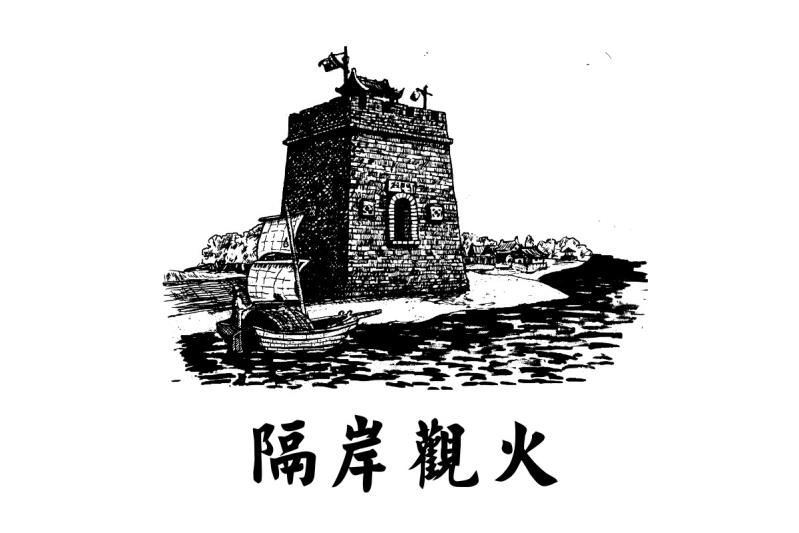
Summary:
This document discusses the strategy of "Observe the Fire on the Opposite Shore," which emphasizes the importance of patience and self-possession in conflict situations. It illustrates through historical anecdotes that allowing opponents to weaken each other before entering a conflict can lead to a more advantageous position.
Outline
- 1. Introduction to Strategy 9
- 1.1 Definition of "Observe the Fire on the Opposite Shore"
- 1.2 Importance of Self-possession
- 2. Historical Examples
- 2.1 Chinese Folktale of the Clam and Snipe
- 2.2 Warring States Period Example with Wei and Han
- 2.3 Three Kingdoms Period Example with Cao Cao
- 2.4 Hojo Regency Japan Example with Toyotomi Hideyoshi
- 3. Summary of Key Lessons
- 3.1 Importance of Patience
- 3.2 Long-term Strategic Thinking
- 3.3 Opportunity Identification
Glossary
| Term | Definition |
|---|---|
| 1. Observe the Fire on the Opposite Shore | A strategy advocating the observation of conflict among rivals while refraining from direct involvement until an advantageous moment arises. |
| 2. Self-possession | The ability to remain disciplined, calm, and unengaged during tense situations. |
| 3. Warring States Period | A historical period in China characterized by intense military conflict among several states prior to the Qin Dynasty’s unification. |
| 4. Three Kingdoms Period | An era of Chinese history marked by the fragmentation of the Han Dynasty into three rival kingdoms. |
| 5. Alliance | A formal agreement between factions or states to support each other, often during conflicts. |
| 6. Treaty | An official agreement concluded and ratified between two or more sovereign states. |
| 7. Subordinate | A term describing a party that is under the control or authority of another, often used in relationship to alliances or conquests. |
| 8. Expletive | A word or phrase that is used to express strong emotion, such as surprise or anger (not related to the document's primary content, included as contrast). |
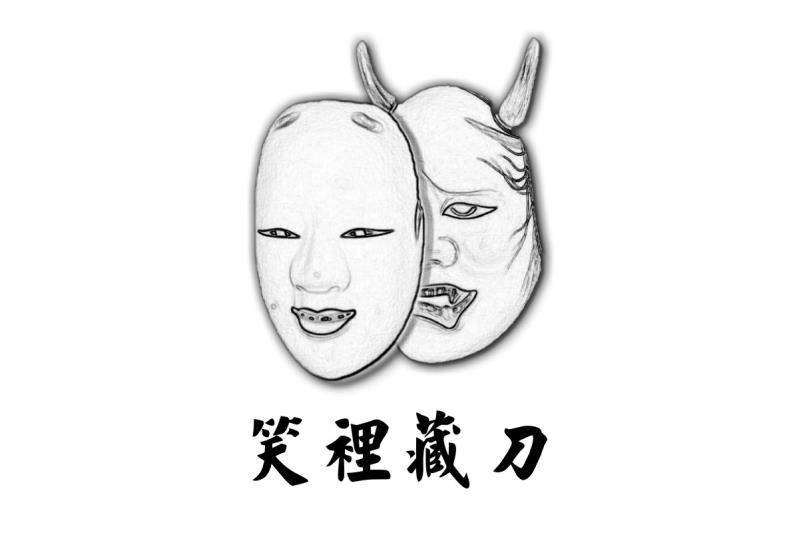
Summary:
This document outlines the strategy of concealing malicious intentions behind a guise of friendliness and loyalty, specifically in historical contexts of Chinese power struggles and court intrigues where trust is manipulated for tactical advantage.
Outline
- 1. Introduction to Deceptive Strategies
- 1.1 Overview of Concealment in Power Dynamics
- 1.2 Importance of Trust in Strategic Manipulation
- 2. Historical Examples of Strategy
- 2.1 Case Study: The King of Wei and the Courtesan
- 2.1.1 Jealousy and Manipulation of Relationships
- 2.2 Case Study: Minister Ying's Betrayal
- 2.2.1 Friendship Exploitation for Tactical Gain
- 2.3 Case Study: Prince Huai and Prince Heshi
- 2.3.1 Familial Betrayal for Power Acquisition
- 3. Summary and Analysis
- 3.1 Key Lessons on Authority and Deception
- 3.2 The Impact of Kindness in Warfare and Politics
Glossary
| Term | Definition |
|---|---|
| 1. **Deferentially** | In a manner that shows respect and submission to the authority or opinions of another. |
| 2. **Ingratiate** | To bring oneself into favor with someone by flattering or trying to please them. |
| 3. **Treacherous** | Involving betrayal or deception; dangerously unstable. |
| 4. **Facade** | An outward appearance that is maintained to conceal a less pleasant or creditable reality. |
| 5. **Imperial Intrigue** | Schemes and plots that occur within a royal court, often involving betrayal for power. |
| 6. **Mutual Retreat** | A strategy to withdraw from a conflict by agreement of both parties involved. |
| 7. **Betrayal** | The act of betraying someone or something, involving a breach of trust. |
| 8. **Counselors** | Advisors or individuals who provide guidance, often in political or strategic matters. |
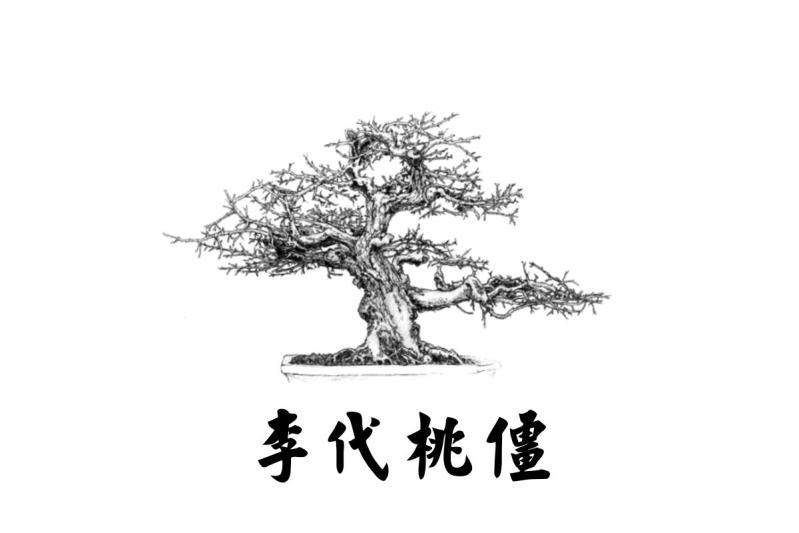
Summary:
The document presents various historical strategies from the Warring States Period and the Three Kingdoms Period in China, emphasizing the importance of sacrificing short-term objectives to achieve long-term goals, exemplified through narratives involving military tactics, leadership decisions, and the cultivation of loyalty.
Outline
- 1. Strategy Introduction
- 1.1 Concept of Sacrificing Short-Term for Long-Term Goals
- 1.2 Historical Context
- 2. Case Studies
- 2.1 Fan Li and the Convict Soldiers
- 2.1.1 Description of the Shock Tactic
- 2.1.2 Outcome of the Battle
- 2.2 Feng Xuan and the Procurement of Fealty
- 2.2.1 The Collection of Debts
- 2.2.2 Impact on Lord Meng's Rule
- 2.3 Cao Cao's Supply Challenges
- 2.3.1 Reduction of Rations Strategy
- 2.3.2 Consequence of Deceit
- 3. Conclusion
- 3.1 Summary of Strategic Insights
- 3.2 Lessons on Sacrifice and Leadership
Glossary
| Term | Definition |
|---|---|
| 1. **Warring States Period** | A period in ancient Chinese history (475–221 BC) characterized by intense military conflict among seven states before the unification of China. |
| 2. **Scapegoat Strategy** | A tactic where one entity is sacrificed or blamed to benefit a larger group or goal. |
| 3. **Fealty** | Loyalty or allegiance to a lord, often expressed through devotion and service. |
| 4. **Shock Tactic** | A military strategy designed to surprise and demoralize the enemy through unexpected actions. |
| 5. **Convict Soldiers** | Individuals sentenced to death or imprisonment who are offered a chance to redeem themselves through acts of heroism in battle. |
| 6. **Rations** | Fixed allowances of food and provisions issued to soldiers or individuals. |
| 7. **Supply Sergeant** | A military officer responsible for managing and distributing supplies, including food and equipment, in an army. |
| 8. **Leadership Decisions** | Choices made by leaders that impact strategy, morale, and outcomes in military or political contexts. |
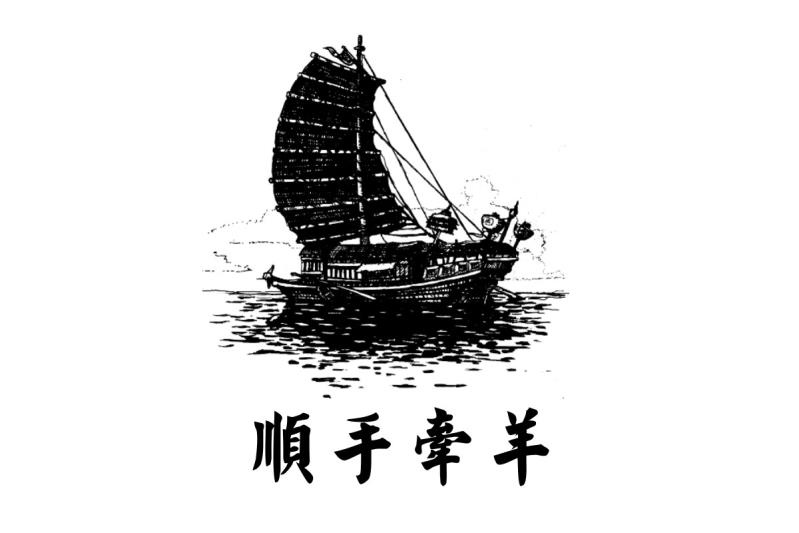
Summary:
This document explores the principle of seizing unexpected opportunities in military strategy through historical examples from ancient China, emphasizing flexibility in leadership and decision-making in the face of changing circumstances.
Outline
- 1. Introduction to Seizing Opportunities in Strategy
- 2. Historical Examples
- 2.1 The Duke of Chen and the Duke of Song
- 2.1.1 Attack Wei to Rescue Zhao Strategy
- 2.2 The Qin Dynasty and the Generals of Chu and Zhao
- 2.2.1 Conflict between Song Yi and Xiang Yu
- 2.3 The Yuan Dynasty and the Battle of Poyang Lake
- 2.3.1 Chen Yifu's Naval Advantage and Defeat
- 3. Conclusion
- 3.1 Importance of Flexibility in Leadership
- 3.2 Summary of Strategic Insights
Glossary
| Term | Definition |
|---|---|
| - **Strategy** | A plan of action designed to achieve a particular goal, especially in military operations. |
| - **Tactics** | The specific actions or steps taken to accomplish a strategy within a particular context. |
| - **Siege** | A military operation in which enemy forces surround a town or building to cut off essential supplies and force a surrender. |
| - **Flotilla** | A fleet of ships or boats, typically used in military contexts. |
| - **Rebellion** | An act of violent or open resistance to an established government or ruler. |
| - **Cordon** | A barrier or line of troops or ships preventing passage. |
| - **Gadfly** | A person who persistently annoys or provokes others, often in a political or strategic context. |
| - **Supreme General** | The highest-ranking military officer in command of a military operation or army. |
| - **Dynasty** | A line of hereditary rulers of a country. |
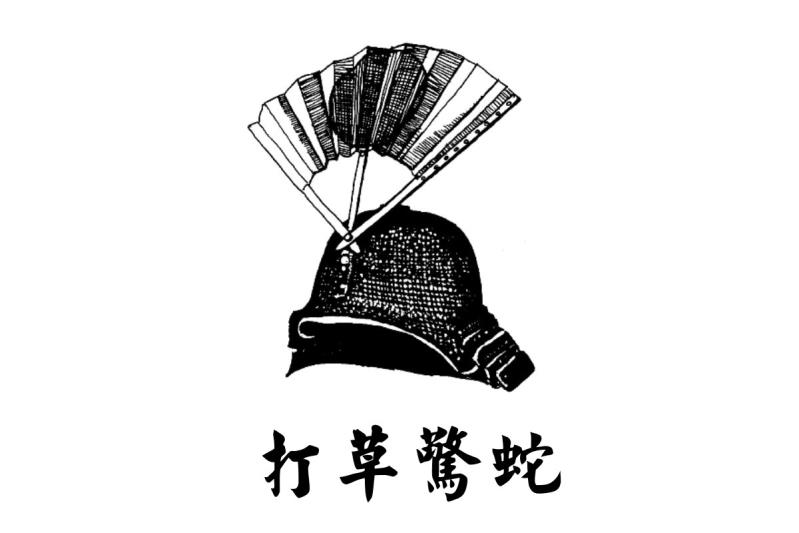
Summary:
The document discusses various historical strategies of deception used in warfare, emphasizing the importance of agitating the enemy to reveal their plans and weaknesses, as illustrated by anecdotes from ancient China and Japan.
Outline
- 1. Introduction to Strategy
- 1.1 Definition and Importance of Deception
- 1.2 Overview of Historical Context
- 2. Case Studies
- 2.1 Song Dynasty Example
- 2.1.1 Magistrate Chen and the Bell
- 2.2 Qin Dynasty Example
- 2.2.1 Zhao Gao and the Stag
- 2.3 Momoyama Period Japan
- 2.3.1 The Battle of Sekigahara
- 3. Summary and Reflections
- 3.1 The Nature of Warfare and Deception
- 3.2 Lessons Learned from Historical Examples
Glossary
| Term | Definition |
|---|---|
| - **Magistrate** | A civil officer who administers the law, particularly one who deals with minor offenses and conducts preliminary hearings. |
| - **Daimyo** | A feudal lord in Japan who was subordinate to the shogun and governed lands in exchange for military service. |
| - **Strategy** | A plan of action designed to achieve a specific goal, often in a military or competitive context. |
| - **Feint** | A deceptive action intended to divert attention from the true objective or intention. |
| - **Harquebusier** | A soldier armed with a harquebus, an early type of portable firearm used in the 15th to 17th centuries. |
| - **Disposition** | The arrangement or organization of forces or resources, often pertaining to military operations. |
| - **Tactics** | The art of organizing and employing troops in battle, involving direct engagements and maneuvers. |
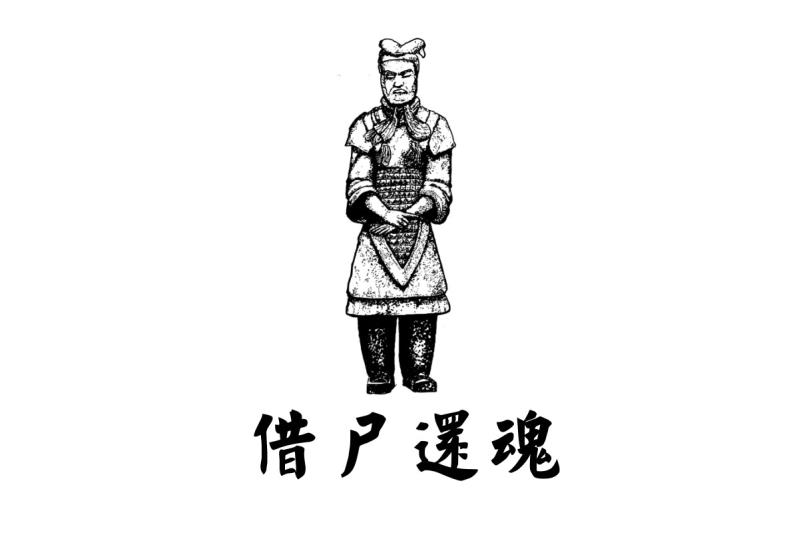
Summary:
This document examines historical instances of power manipulation through the appropriation and revival of symbols, institutions, and myths, illustrating methods used by rulers in ancient China and Japan to maintain control and eliminate threats, while emphasizing the moral and emotional power these strategies wield.
Outline
- 1. Introduction to Borrowing a Corpse Strategy
- 1.1 Concept of Utilizing Forgotten Institutions
- 1.2 Historical Instances of Power Manipulation
- 2. Qin Dynasty Case Study
- 2.1 Death of Qin Shihuangdi
- 2.2 Power Struggle Post-Emperor's Death
- 2.3 Consequences of Corruption
- 3. Han Dynasty Case Study
- 3.1 Succession After Huidi’s Death
- 3.2 Empress Lu’s Manipulation
- 3.3 The Fate of Successive Child Emperors
- 4. Three Kingdoms Period Case Study
- 4.1 Capture of Emperor Xiandi
- 4.2 Cao Cao’s Control over the Emperor
- 4.3 End of the Han Dynasty
- 5. Heian Period Japan Case Study
- 5.1 Rise of Yamabushi Monks
- 5.2 Use of Mikoshi in Warfare
- 5.3 Psychological Warfare Tactics
- 6. Conclusion
- 6.1 Summary of Strategies and Their Impact
- 6.2 The Moral and Emotional Power of Symbols
Glossary
| Term | Definition |
|---|---|
| 1. **Strategy** | A plan of action designed to achieve a specific goal, often involving manipulation and deception to gain an advantage over opponents. |
| 2. **Emperor** | The sovereign ruler of an empire, particularly in the context of historical Chinese governance. |
| 3. **Puppet** | A figurehead leader who lacks real power and is controlled by others, often used to manipulate public perception and maintain authority. |
| 4. **Mikoshi** | A portable shrine used in Japanese Shinto practices, believed to house the spirit of a deity, carrying significant psychological and ritualistic importance. |
| 5. **Regent** | A person appointed to administer a state because the reigning monarch is unable to fulfill their duties, often serving as a temporary or long-term ruler. |
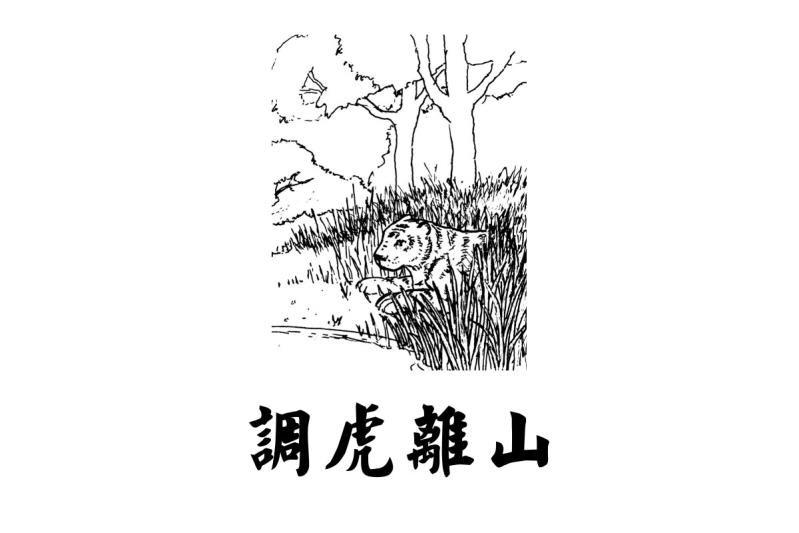
Summary:
The document discusses the military strategy of luring an opponent away from their advantageous position, as demonstrated through historical examples from Ancient China, including tactics employed by Sun Ce, the Han Dynasty, and Mongol cavalry units, emphasizing the importance of deception and trickery in warfare.
Outline
- 1. Introduction to the Strategy
- 1.1 Importance of terrain and position in warfare
- 1.2 Historical context of the strategy
- 2. Case Studies
- 2.1 Sun Ce and Lujiang
- 2.1.1 The plan to lure out the king
- 2.1.2 The outcome of the strategy
- 2.2 Han Dynasty's Encounter with the Xiongnu
- 2.2.1 The role of espionage
- 2.2.2 Consequences of misjudgment
- 2.3 Mongol Cavalry Tactics
- 2.3.1 The strategy of deception in battle
- 2.3.2 The execution and outcomes
- 3. Conclusion
- 3.1 Summary of strategic principles
- 3.2 Evaluation of effectiveness in warfare
Glossary
| Term | Definition |
|---|---|
| - **Art of War** | An ancient Chinese military treatise attributed to Sun Tzu, focusing on strategic warfare and tactics. |
| - **Entrenchment** | The act of establishing defensive positions that provide tactical advantage. |
| - **Emissary** | A person sent on a diplomatic mission, often to negotiate or deliver messages. |
| - **Siege** | A military operation where forces surround a town or building to compel surrender. |
| - **Cavalry** | Troops trained and equipped to fight on horseback. |
| - **Deception** | The act of misleading an opponent in order to gain tactical advantages in warfare. |
| - **Flatter** | To praise or compliment someone excessively, often to manipulate or influence their actions. |
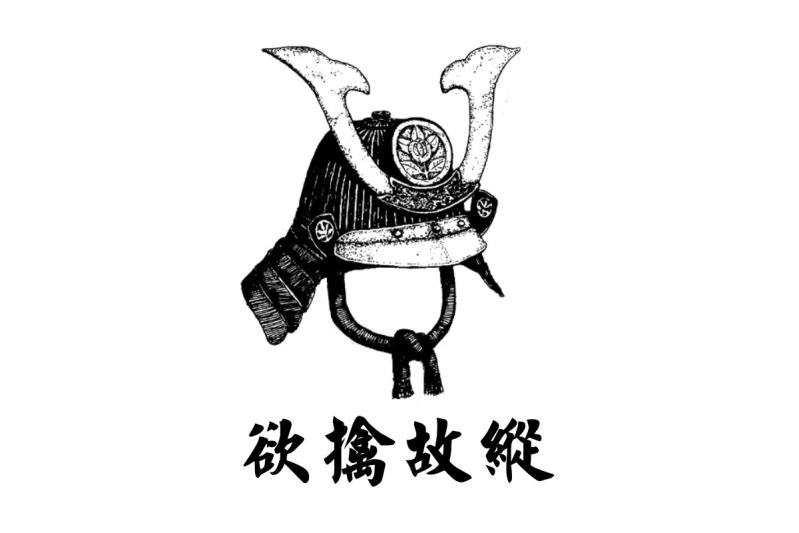
Summary:
This document discusses strategic principles from ancient Chinese military tactics, particularly the idea that allowing an enemy the illusion of escape can reduce their will to fight and lead to their eventual surrender, illustrated through historical examples during the Spring and Autumn Period, Han Dynasty, and Six Dynasties Period.
Outline
- 1. Introduction to Strategy
- 1.1 Key Tactical Principle
- 2. Historical Examples
- 2.1 Spring And Autumn Period
- 2.1.1 Fall of Chu
- 2.2 Han Dynasty Campaigns
- 2.2.1 General Zhao Zhongguo
- 2.3 Six Dynasties Period
- 2.3.1 General Fu's Defeat
- 2.3.2 General Tan Daoji's Actions
- 3. Conclusion
- 3.1 Summary of Tactical Insights
- 3.2 Implications for Modern Warfare
Glossary
| Term | Definition |
|---|---|
| Cornered Prey | An enemy or opponent that feels trapped and thus is likely to fight fiercely when faced with destruction or capture. |
| Morale | The collective confidence, enthusiasm, or spirit of a group, especially in relation to their willingness to fight or persist in challenging situations. |
| Retreat | The act of withdrawing from enemy confrontation, often to regroup or escape from unfavorable circumstances. |
| Xuánlì | A Chinese term that, in this context, refers to the strategy of misleading the enemy into believing they have an opportunity for escape. |
| Desperate Ground | A battleground situation where the defending forces feel trapped and have no option but to fight fiercely. |
| Victory Mound | A symbolic monument erected in honor of battlefield victories, often through the commemoration of fallen soldiers. |
| Superior Numbers | The advantage of having a larger military force compared to the opponent, which can often sway the outcomes of military engagements. |
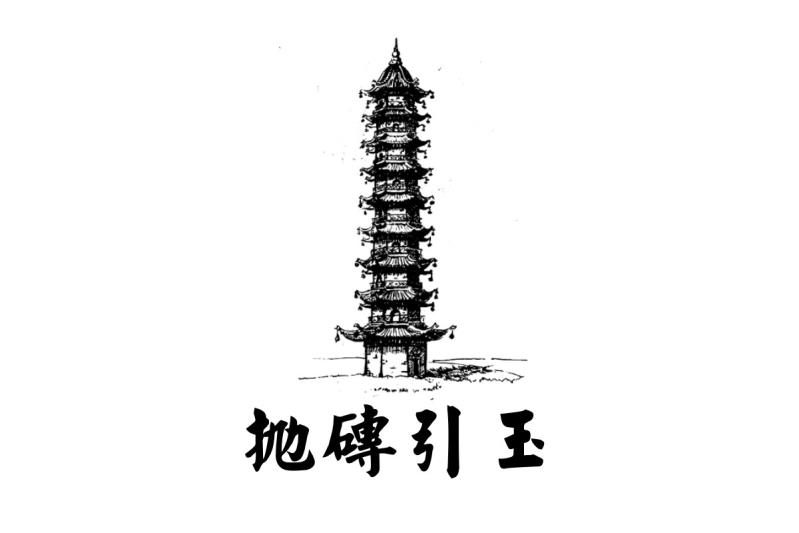
Summary:
This document outlines military strategies used in ancient Chinese warfare, specifically the tactic of using deceptive bait to lure enemies into ambushes, illustrated through historical examples from the Warring States, Han, and Three Kingdoms periods.
Outline
- 1. Introduction to Deceptive Military Strategy
- 1.1 Definition of Strategy: Toss Out A Brick To Attract Jade
- 2. Historical Examples
- 2.1 Warring States Period
- 2.1.1 Earl of Zhi and the King of Wei
- 2.2 Han Dynasty
- 2.2.1 General Li Mu's Tactic against the Xiongnu
- 2.3 Three Kingdoms Period
- 2.3.1 General Cao Cao's Strategy against Yuan Shao
- 3. Conclusion
- 3.1 Summary of the Importance of Deceptive Tactics in Warfare
Glossary
| Term | Definition |
|---|---|
| - **Warring States Period** | A period in ancient China (approximately 475-221 BCE) characterized by regional conflicts and political fragmentation among states. |
| - **Bi** | A ceremonial jade ornament shaped like a disc or cylinder, significant in ancient Chinese culture and often associated with power and prestige. |
| - **Xiongnu** | A confederation of nomadic tribes from Central Asia that posed significant threats to Chinese dynasties, particularly during the Han period. |
| - **Ambush** | A surprise attack by people lying in wait who conceal themselves until an unsuspecting enemy is within range. |
| - **Baggage Train** | The group of vehicles or animals transporting supplies, equipment, and personal belongings for an army. |
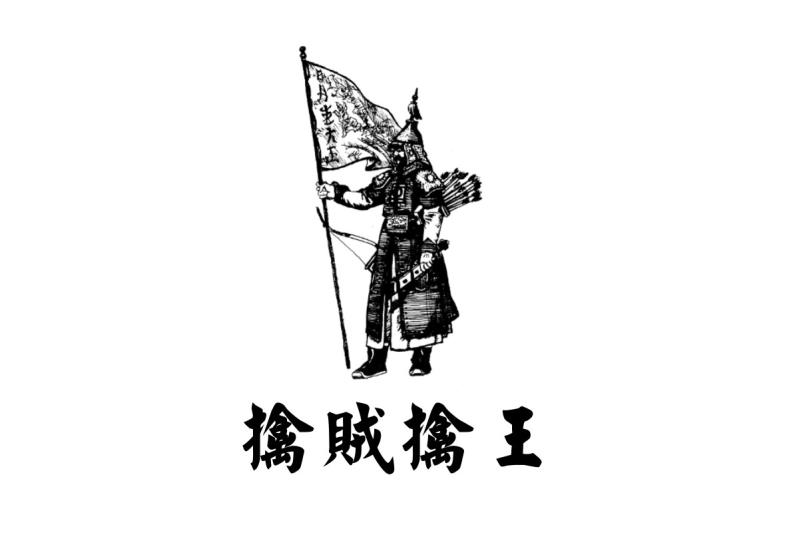
Summary:
The document examines historical military strategies focused on the importance of eliminating enemy leaders to weaken their forces, using significant examples from ancient China and Japan to illustrate various tactics for capturing or killing commanders to disrupt enemy morale and control.
Outline
- 1. Introduction to Military Leadership Targeting
- 1.1 Importance of Capturing Leaders
- 1.1.1 Historical Context
- 2. Case Studies
- 2.1 Siege of Suiyang
- 2.1.1 Commander Zhang Xun's Strategy
- 2.1.2 Outcome of the Siege
- 2.2 Conflict during the Six Dynasties Period
- 2.2.1 Wang Meng's Strategy Against Li Yan
- 2.2.2 Results of the Siege of Fuhan
- 2.3 Dispute in Heian Period Japan
- 2.3.1 Attack by Sawamata
- 2.3.2 Master Yoga's Surprise Tactics
- 3. Conclusion on Leadership Impact in Warfare
- 3.1 Theoretical Implications of Targeting Command Structure
Glossary
| Term | Definition |
|---|---|
| - **Shock Troops** | Specialized military units designed to engage in rapid assaults and engagements to inflict quick and decisive damage to the enemy. |
| - **Trojan Horse Strategy** | A deceptive tactic that involves disguising military intent or personnel to gain access to enemy territory or command structures. |
| - **Command Structure** | The hierarchy within a military organization responsible for decision-making and orders; crucial for coordinating operations and maintaining morale. |
| - **Siege** | A military operation where forces surround a place to cut off essential supplies, forcing a surrender. |
| - **Morale** | The confidence, enthusiasm, and discipline of a person or group at a particular time, significantly influencing their willingness to fight. |
| - **Rebellion** | An act of violent or open resistance to an established government or ruler. |
| - **Retainers** | Individuals who serve a lord or master in a feudal context, often responsible for aiding in battle or governance. |
| - **Archers** | Soldiers armed with bows and arrows, used for long-range engagements in historic battles. |
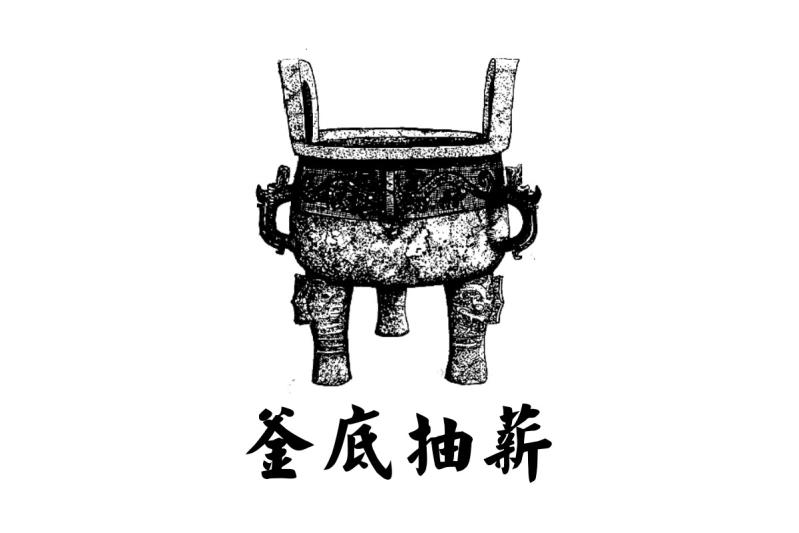
Summary:
This document outlines strategic approaches to weaken a strong opponent by targeting their weak points and foundations, illustrated through historical examples from ancient China and Japan that demonstrate the effectiveness of indirect attacks and manipulation over direct confrontation.
Outline
- 1. Introduction
- 1.1 Overview of Strategy 19
- 1.2 Importance of Indirect Attacks
- 2. Historical Examples
- 2.1 The Kingdom of Wei and Wei Yang
- 2.1.1 Manipulation of the King of Wei
- 2.1.2 Consequences of Wei Yang's Actions
- 2.2 Cao Cao and General Yuan Shao
- 2.2.1 Disguise and Surprise Attack
- 2.2.2 Impact on Yuan Forces
- 2.3 Yamato Takeru and the Outlaw
- 2.3.1 Deceptive Friendship
- 2.3.2 Execution of the Plan
- 3. Summary of Key Strategies
- 3.1 Targeting Wealth, Resources, and Manpower
- 3.2 Techniques for Undermining Opponents
- 3.3 Conclusion on Strategic Warfare
Glossary
| Term | Definition |
|---|---|
| 1. **Strategy** | A plan of action designed to achieve a long-term or overall aim, particularly in warfare. |
| 2. **Foundation** | The underlying basis or principle of something; in this context, it refers to the source of an opponent's strength. |
| 3. **Allegiance** | Loyalty or commitment to a group, cause, or leader, particularly in times of conflict. |
| 4. **Subtle Manipulation** | The act of influencing someone in a hidden or indirect manner, often to achieve a specific goal without overt confrontation. |
| 5. **Elite Cavalry** | Highly trained and skilled soldiers mounted on horseback, often used for rapid attacks. |
| 6. **Garrison** | A military post or stronghold where troops are stationed. |
| 7. **Deception** | The act of misleading or tricking an opponent to gain a tactical advantage. |
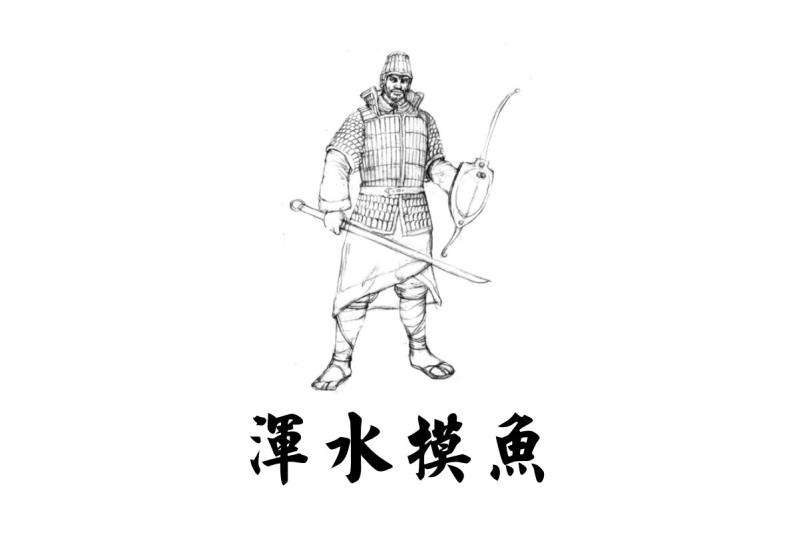
Summary:
This document outlines various military strategies from ancient Chinese texts that emphasize creating confusion and psychological fatigue in the enemy to gain an advantage in combat, illustrated through historical examples from different periods.
Outline
- 1. Introduction to Strategies
- 1.1 Overview of "Trouble the Water to Catch the Fish"
- 1.2 Purpose of Psychological Manipulation in Warfare
- 2. Historical Examples
- 2.1 Spring and Autumn Period
- 2.1.1 The Battle of Chengdu
- 2.2 Warring States Period
- 2.2.1 Rescue of Yan by Xing Yang
- 2.3 Five Dynasties Period
- 2.3.1 Siege of Yuzhou
- 3. Summary of Tactics
- 3.1 Techniques to Distract the Enemy
- 3.2 Importance of Maintaining Morale
- 3.3 Final Thoughts on Ancient Warfare Strategies
Glossary
| Term | Definition |
|---|---|
| - **Vanguard** | The leading part of an advancing army or military force. |
| - **Pincer Movement** | A military maneuver where forces attack both flanks of an enemy formation simultaneously. |
| - **Psychological Warfare** | Strategies intended to cause psychological stress and confusion in the enemy, thus undermining their morale and decision-making. |
| - **Unorthodox Tactics** | Non-traditional methods used in military strategy to catch opponents off guard. |
| - **Cloud of Dust** | A tactic used to obscure visibility and mislead the enemy regarding troop movements. |
| - **Siege** | A military operation where forces surround a town or building to cut off supplies and compel surrender. |
| - **Ambush** | A surprise attack from a concealed position. |
| - **Retreat Pennants** | Flags or banners indicating that troops are withdrawing from battle. |
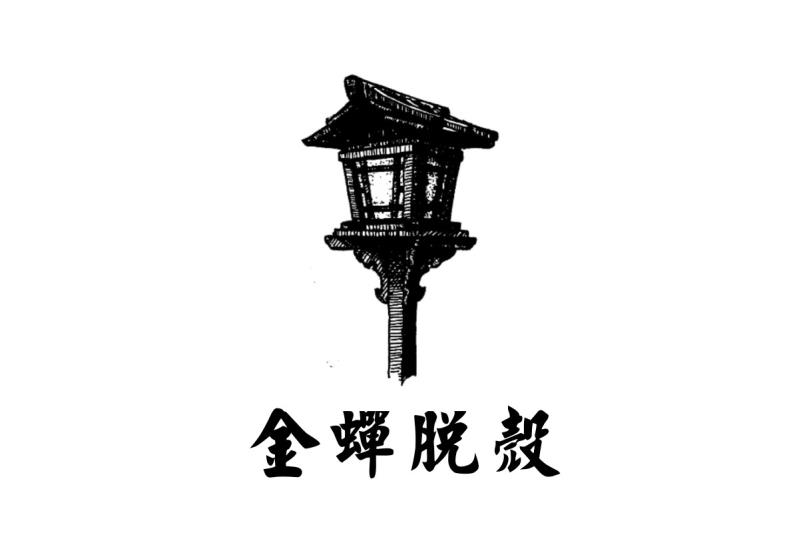
Summary:
The document explores various historical military strategies that utilize deception and diversion tactics to facilitate escape during dire situations, citing examples from ancient China, Japan, and the Three Kingdoms Period, and highlights the vulnerabilities of troops during retreats.
Outline
- 1. Introduction to Strategy
- 1.1 Overview of Military Deception
- 1.2 Importance of Diversion
- 2. Historical Examples
- 2.1 Han Dynasty Strategy
- 2.1.1 Gaozu’s Escape
- 2.1.2 Xiang Yu’s Downfall
- 2.2 Three Kingdoms Period Tactics
- 2.2.1 Zhang Fei at Changpan Bridge
- 2.2.2 Liu Bei's Retreat
- 2.3 Six Dynasties Period Case Study
- 2.3.1 Song Emperor Wendi’s Campaign
- 2.3.2 Tao Cu’s Deception
- 2.4 Hojo Regency Example
- 2.4.1 Kusunoki Masashige’s Defense
- 2.4.2 Funeral Pyre Strategy
- 3. Summary and Lessons Learned
- 3.1 Vulnerabilities During Retreats
- 3.2 Principles of Military Strategy
Glossary
| Term | Definition |
|---|---|
| - **Illusion** | A deceptive representation or trick used to divert attention or mislead an opponent. |
| - **Retreat** | The act of withdrawing from an enemy after a defeat or in the face of overwhelming opposition. |
| - **Siege** | A military operation in which enemy forces surround a town or building, cutting off essential supplies with the aim of compelling surrender. |
| - **Palisade** | A fence or wall made of stakes or posts driven into the ground, used for defense. |
| - **Ruse** | A cunning plan or trick intended to deceive someone. |
| - **Cavalry** | Soldiers who combat mounted on horseback. |
| - **Blockade** | An act of sealing off a place to prevent goods or people from entering or leaving, often used in military contexts. |
| - **Pyre** | A pile of combustible material, usually made for burning a body as part of a funeral ritual. |
| - **Commando** | A military unit trained to carry out fast-paced, surprise attacks, often behind enemy lines. |
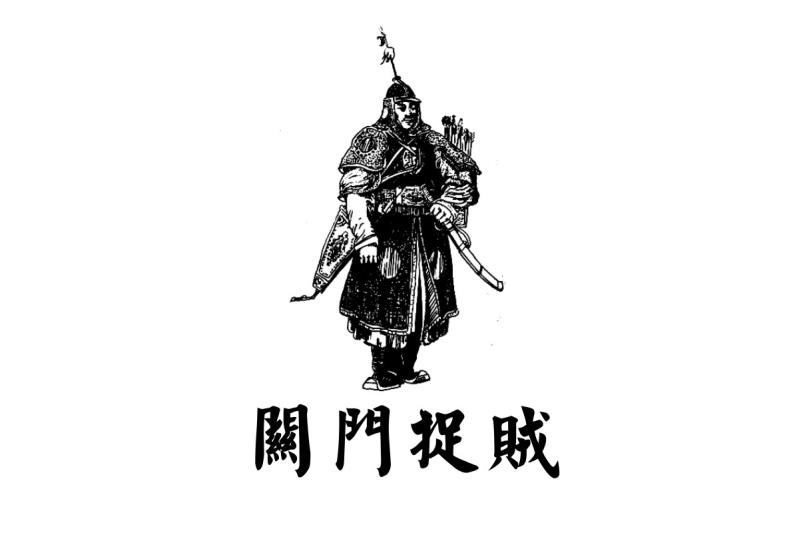
Summary:
The document discusses strategic insights from historical examples on how to decisively defeat an opponent, emphasizing the importance of completely eradicating their fighting spirit and ensuring they cannot escape to retaliate in the future.
Outline
- 1. Introduction to Strategy
- 1.1 Importance of Defeating the Opponent's Spirit
- 1.2 Consequences of Allowing Escape
- 2. Historical Case Studies
- 2.1 Guo Jian of Yue
- 2.1.1 Context of the Conflict
- 2.1.2 Strategic Decisions Leading to Victory
- 2.2 Empress Wu of China
- 2.2.1 Court Intrigue and Power Plays
- 2.2.2 Interrogation Tactics
- 2.3 Mori Montanari of Japan
- 2.3.1 Revenge and Strategic Deception
- 2.3.2 Luring the Enemy into a Trap
- 3. Summary of Learnings
- 3.1 Importance of Complete Defeat
- 3.2 Risks of Allowing Opponent to Escape
Glossary
| Term | Definition |
|---|---|
| - **Fighting Spirit** | The determination and willpower of an opponent to continue resisting or fighting, even when outwardly appearing defeated. |
| - **Strategy** | A plan or approach designed to achieve a particular goal, especially in competitive situations such as warfare or conflict. |
| - **Decisive Victory** | A clear and definitive win that results in the opponent’s complete defeat, leaving no room for recovery or retaliation. |
| - **Ambassador** | A representative sent from one state to another to negotiate or deliver messages, often related to diplomacy. |
| - **Treasonous Plot** | A conspiracy to overthrow or undermine a ruler or state authority, often involving betrayal or deceit. |
| - **Element of Surprise** | The advantage gained by attacking an opponent unexpectedly, making it difficult for them to respond effectively. |
| - **Suicide** | The act of intentionally causing one's own death, often in the context of defeat or overwhelming circumstances. |
| - **Benevolence** | The quality of being kind and generous to others, often used in leadership to garner support and loyalty from subjects. |
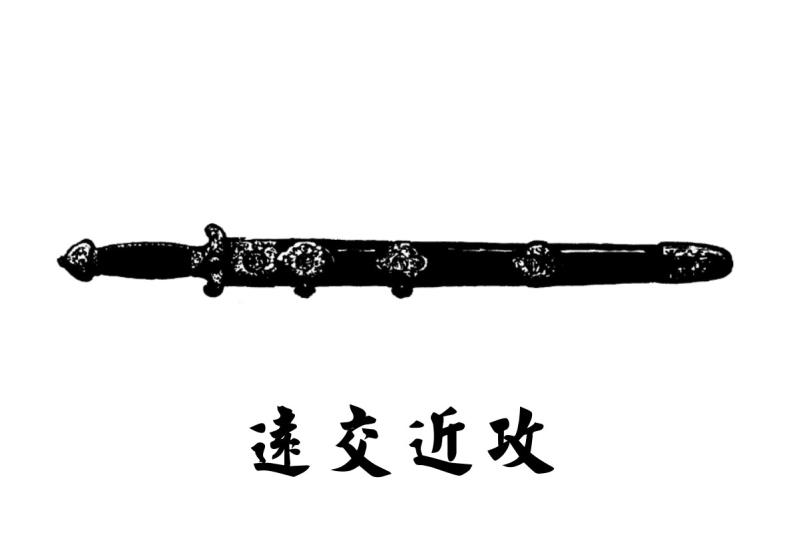
Summary:
The document discusses the strategic principle of forming alliances with distant enemies to confront closer threats, exemplified through historical anecdotes from Chinese history illustrating how political maneuvering and strategic alliances can avert immediate dangers and lead to eventual victories.
Outline
- 1. Strategy Overview
- 1.1 Concept of Befriending Distant Enemies
- 1.2 Historical Context in Chinese History
- 2. Historical Examples
- 2.1 Siege of Zheng and the Role of Chu Zhiwu
- 2.2 King of Wei and the Strategic Move of Song
- 2.3 Yu Hu's Campaign Against Bandits
- 3. Conclusion
- 3.1 Summary of Key Lessons
- 3.2 Implications for Modern Strategy
Glossary
| Term | Definition |
|---|---|
| - **Strategy** | A plan of action designed to achieve a long-term or overall aim, especially in relation to conflicts or competition. |
| - **Alliance** | A union or association formed for mutual benefit, especially between countries or organizations. |
| - **Siege** | A military operation in which enemy forces surround a town or building to cut off essential supplies, with the intent of compelling surrender. |
| - **Political Maneuvering** | The strategic manipulation of political relationships and allegiances to achieve desired objectives. |
| - **Vassal** | A person or entity that holds land under the feudal system and owes allegiance to a higher lord. |
| - **Provincial Official** | A person appointed to manage administrative functions in a province, often dealing with local governance and order. |
| - **Criminal Atone** | The process by which individuals seek to make amends for their past wrongdoings, often through service or repayment. |
| - **Dissension** | Disagreement that leads to discord, often used in the context of alliances or political factions. |
| - **Antithesis** | A direct contrast or opposition to a concept, used in strategy to identify potential allies based on mutual enemies. |
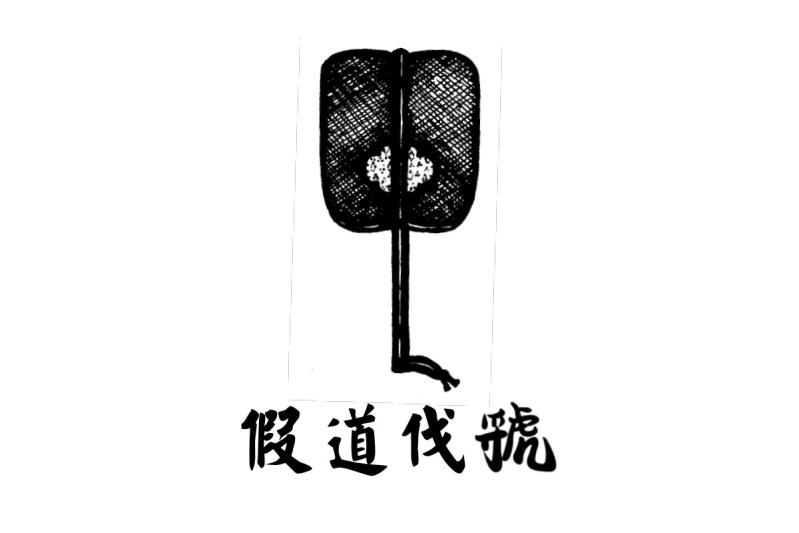
Summary:
The document outlines the strategy of "Borrow The Road To Conquer Guo," illustrating how alliances can be utilized for mutual benefit in warfare, but can quickly turn adversarial once a common enemy is defeated, highlighting historical examples from ancient China.
Outline
- 1. Introduction to the Strategy
- 1.1 Definition of "Borrow The Road"
- 1.2 Historical Context
- 2. Case Study: Duke Xian of Jin
- 2.1 The Proposal of General Xun
- 2.2 The Bribery of Duke Yu
- 2.3 Outcome of the Strategy
- 3. Case Study: King Xiong of Qi
- 3.1 Relationship with General Tian Dan
- 3.2 The King's Manipulation of Virtue
- 3.3 Public Perception of Tian Dan
- 4. Case Study: Mongols in Java
- 4.1 The Conquest of Java
- 4.2 Alliance with the Rebel Prince
- 4.3 Consequences of the Alliance
- 5. Conclusion: The Nature of Alliances in Warfare
- 5.1 Benefits and Risks of Alliances
- 5.2 Historical Lessons from "Borrow The Road" Strategy
Glossary
| Term | Definition |
|---|---|
| 1. **Borrow the Road** | A military strategy involving the use of an ally's resources or territory to defeat a common enemy, potentially leading to the ally's own downfall. |
| 2. **Duke Xian of Jin** | A historical ruler of Jin during the Warring States period in China who sought to conquer the smaller states of Yu and Guo. |
| 3. **General Xun** | A military strategist and general under Duke Xian of Jin, known for proposing indirect tactics to surprise and conquer opponents. |
| 4. **Bribe** | A sum of money or other valuable item given to influence the actions of an official or other person in a position of authority. |
| 5. **Kahn** | A title of authority and power in Mongolian culture, often used for leaders of significant territories or tribes. |
| 6. **Alliance** | A formal agreement or treaty between two or more states to cooperate for specific purposes, often in military contexts. |
| 7. **Virtue** | Moral excellence; an attribute that is often praised in leaders to enhance their standing and legitimacy in society. |
| 8. **Rebel** | An individual or group that rises in opposition to an established government or authority, often seeking to overthrow it. |
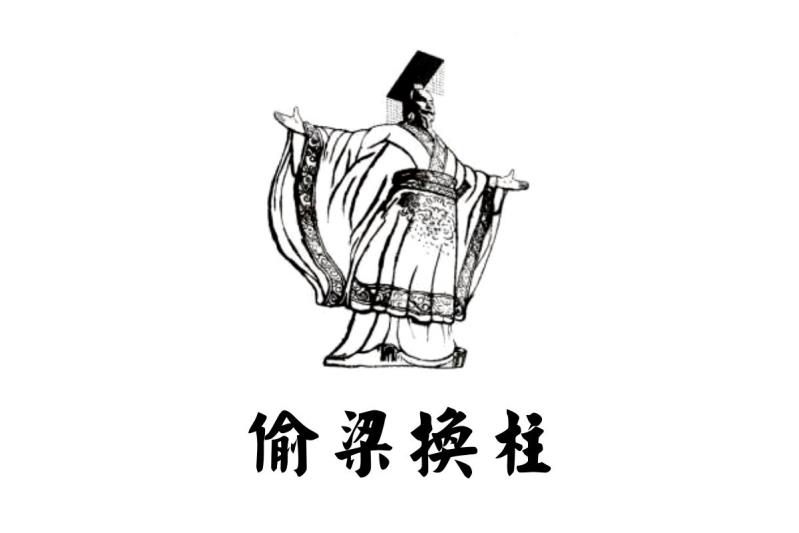
Summary:
This document discusses various military strategies from Ancient China, particularly the concept of undermining the enemy's command structure to weaken their fighting capabilities, illustrated through historical examples such as the conflicts between the Qin and Zhao states.
Outline
- 1. Introduction to Military Strategy
- 1.1 Importance of Leadership
- 1.2 Effects of Command Structure on Army Capability
- 2. Historical Examples of Strategy
- 2.1 The Conflict between Qin and Zhao
- 2.1.1 The Zhao Defense Strategy
- 2.1.2 The Role of Spies and Rumors
- 2.2 The Fate of Zhao Kuo
- 2.2.1 Leadership Failures
- 2.2.2 Impact on Zhao's Army
- 2.3 The Attack by Qin in 228 B.C.
- 2.3.1 Court Intrigue Against General Li Mu
- 2.3.2 Consequences of Li Mu's Execution
- 3. Analysis of Stalemate Situations
- 3.1 The 383 A.D. Battle of Qin and Jin
- 3.2 Tactical Responses and Psychological Warfare
- 3.3 Summary of Lessons Learned
Glossary
| Term | Definition |
|---|---|
| - **General** | The commanding officer of an army, responsible for leadership and strategy in military operations. |
| - **Stalemate** | A situation in which neither side can make progress or gain an advantage in a conflict. |
| - **Treason** | The act of betraying one’s country or sovereign, often by attempting to overthrow the government. |
| - **Fortifications** | Military constructions aimed at defending positions against enemy forces, such as walls, trenches, or barriers. |
| - **Supplies** | The necessary provisions, equipment, and resources required to sustain an army during military campaigns. |
| - **Rout** | A disorderly retreat of defeated troops, often marked by panic and chaos. |
| - **Scout** | A person sent ahead to gather information about the enemy’s position or movements. |
| - **Cavalry** | Soldiers on horseback, often used for quick maneuvers and flanking attacks in battle. |
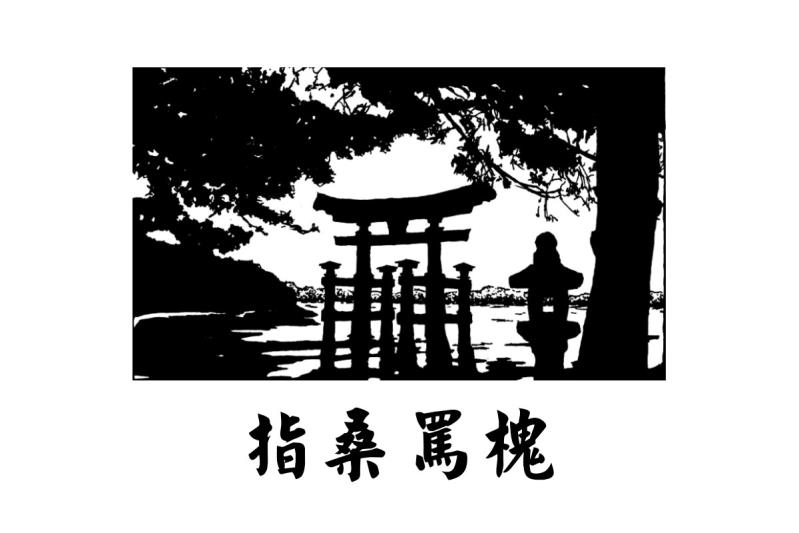
Summary:
This document discusses strategies for leadership and conflict management through historical anecdotes from Chinese history, particularly under the Spring and Autumn Period and Han Dynasty, emphasizing the use of indirect methods to discipline and control individuals without direct confrontation.
Outline
- 1. Introduction to Strategy
- 1.1 Historical Context
- 1.1.1 Spring and Autumn Period
- 1.1.2 Han Dynasty
- 2. Case Studies
- 2.1 Duke Jing and Sima Rangchu
- 2.1.1 Appointment and Initial Actions
- 2.1.2 Consequences of Delays
- 2.2 Gaozu's Reign and Ministerial Challenges
- 2.2.1 Encounter with Zhang Liang
- 2.2.2 Deployment of Yong Chi
- 2.3 Empress Lu's Power Grab
- 2.3.1 Actions Against Imperial Family
- 2.3.2 Liu Chang's Challenge
- 3. Conclusion
- 3.1 Leadership Lessons
- 3.2 Summary of Strategies
Glossary
| Term | Definition |
|---|---|
| - **Analogy** | A comparison between two different things, used to explain or clarify a concept or situation. |
| - **Innuendo** | An indirect or subtle reference, often suggestive in nature. |
| - **General of the Army** | A high-ranking military officer responsible for leading military operations. |
| - **Duke** | A noble title given to the ruler of a specific territory in historic China. |
| - **Mandate of Command** | An official order or authority granted to a leader, particularly in a military context. |
| - **Banquet** | A formal meal enjoyed by many people, often held in honor of a particular guest or event. |
| - **Execution** | The carrying out of a death sentence or other punitive measures prescribed by law or authority. |
| - **Aristocratic** | Pertaining to the upper class or nobility, often characterized by privilege and influence. |
| - **Revolt** | A rebellion or uprising against authority or government. |

Summary:
This document outlines strategic approaches from ancient Chinese wisdom, particularly the concept of feigning madness to mislead adversaries and mask one's true intentions, illustrated through historical examples from the Warring States, Sui, and Ming Dynasties.
Outline
- 1. Introduction to Feigning Madness
- 1.1 Concept and Historical Context
- 1.2 Importance of Strategy in Ancient Chinese Thought
- 2. Historical Examples
- 2.1 Sun Bin in the Warring States
- 2.1.1 Background and Conflict with Pang Juan
- 2.1.2 Feigning Madness as a Tactical Move
- 2.2 Li Yuan during the Sui Dynasty
- 2.2.1 The Prophecy and Its Implications
- 2.2.2 Strategy of Madness to Avoid Suspicion
- 2.3 The Prince of Yan in the Ming Dynasty
- 2.3.1 Elimination of Rival Princes
- 2.3.2 Practical Outcomes of Faking Insanity
- 3. Conclusion and Summary of Key Lessons
- 3.1 The Value of Hiding Strength
- 3.2 Implications for Modern Strategy
Glossary
| Term | Definition |
|---|---|
| 1. **Feign Madness** | The act of pretending to be mentally ill or foolish to deceive others about one's true abilities or intentions. |
| 2. **Warring States Period** | A time in ancient China (approximately 475-221 BC) marked by social, political, and military upheaval, leading to the eventual unification of China. |
| 3. **Sage** | A wise person, often depicted as a philosopher or teacher, who embodies deep understanding and insight, especially in strategy and morality. |
| 4. **Prophesy** | A prediction or foretelling of future events; often used in a historical or mythological context to assess leadership and power transitions. |
| 5. **Deception** | The act of misleading or tricking others, particularly to gain a strategic advantage. |
| 6. **Counterstrategy** | A method designed to counteract or undermine an opponent's actions or strategies. |
| 7. **Political Maneuvering** | The strategies adopted by individuals or groups to gain power or achieve goals within political contexts. |
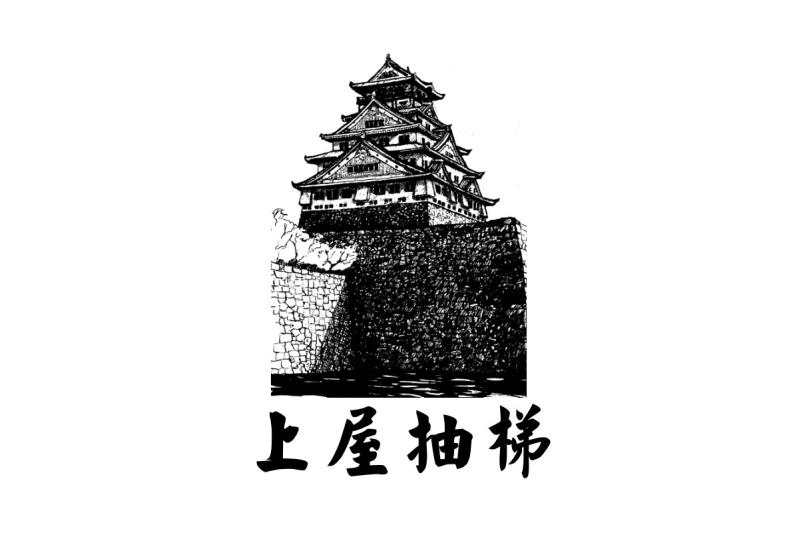
Summary:
This document discusses various military strategies from ancient Chinese warfare, focusing on the tactics of luring enemies into unfavorable terrain to gain a decisive advantage during combat, as illustrated through historical examples from the Warring States period and subsequent dynasties.
Outline
- 1. Introduction to Strategy
- 1.1 Overview of Terrain and Warfare
- 1.2 Importance of Luring Enemies
- 2. Historical Examples
- 2.1 The Warring States Period in China
- 2.1.1 Case Study: Wei and Han Conflict
- 2.1.2 Sun Bin's Strategy Against Pang Juan
- 2.2 Han Dynasty Victories
- 2.2.1 General Han Xin vs. Chu
- 2.3 Sui Dynasty Tactics
- 2.3.1 King Zhuangzong of Jin and the Liang Forces
- 3. Summary of Key Strategies
- 3.1 Balancing Terrain Advantages
- 3.2 Utilizing Deception and Preparation
Glossary
| Term | Definition |
|---|---|
| - **Terrain** | The physical landscape on which military operations are conducted, influencing tactical decisions. |
| - **Ambush** | A surprise attack from a concealed position, often used to exploit the enemy's vulnerabilities. |
| - **Scout** | A member of the military tasked with gathering information about enemy positions and movements. |
| - **Cavalry** | A branch of an army composed of soldiers who fight mounted on horseback, known for their mobility. |
| - **Infantry** | Foot soldiers armed and trained for ground combat, typically used in frontline engagements. |
| - **Flanking** | An attack on the sides or rear of an enemy formation, aiming to catch them off guard. |
| - **Siege** | A military operation where forces surround a place to compel the surrender of those inside. |
| - **Tactic** | The specific methods or maneuvers used in warfare to achieve victory over an opponent. |
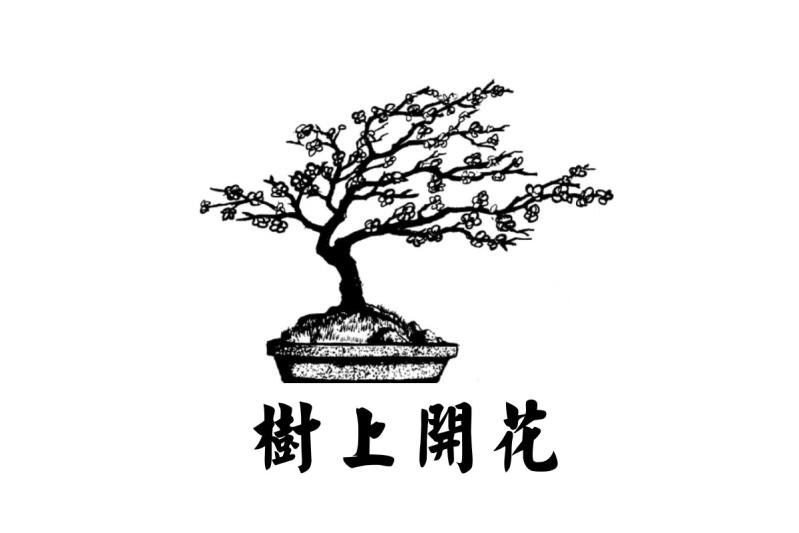
Summary:
The document discusses methods of strategic deception in warfare as illustrated by historical examples from ancient China, detailing tactics that exploit enemy perceptions to create advantages in battle.
Outline
- 1. Introduction to Strategic Deception
- 1.1 Concept of "Tie Silk Blossoms to the Dead Tree"
- 1.2 Importance of Concealing Strengths and Weaknesses
- 2. Historical Examples
- 2.1 General Yu Xu and the Qiang Barbarians
- 2.1.1 Yu's Tactics of Fire and Speed
- 2.1.2 Psychological Manipulation of the Enemy
- 2.2 Duke Zhou Yu and Kong Ming
- 2.2.1 The Impossible Task of Arrow Production
- 2.2.2 The Clever Use of Deception in Warfare
- 2.3 Sima Yan's Naval Attack on Wu
- 2.3.1 The Bamboo Barrier Strategy
- 2.3.2 The Rafts of Burning Dummies
- 3. Conclusion
- 3.1 Summary of Key Strategies
- 3.2 Implications for Military Strategy
Glossary
| Term | Definition |
|---|---|
| Term | Strategy |
| Definition | A plan of action designed to achieve a long-term or overall aim in military operations. |
| Term | Camouflage |
| Definition | Concealment by means of disguising or misrepresenting an object's true nature to confuse or mislead the enemy. |
| Term | Artifice |
| Definition | Clever or cunning devices or expedients, especially as used to trick or deceive others. |
| Term | Tactical Maneuver |
| Definition | A planned movement or operation intended to gain a strategic advantage in military engagements. |
| Term | Illusion |
| Definition | A deceptive appearance or impression created to mislead or confuse an observer. |
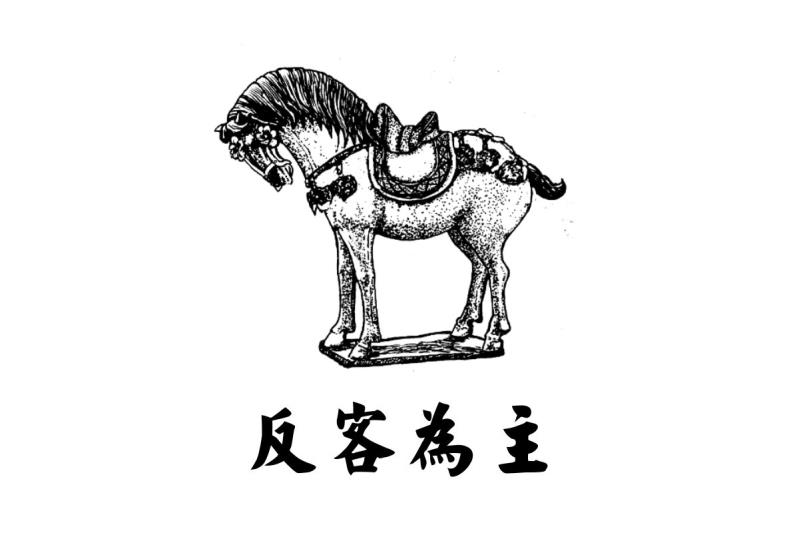
Summary:
This document discusses Strategy 30 from "The Thirty-Six Strategies of Ancient China," which advises adopting a position of weakness to infiltrate and undermine a stronger opponent, illustrated through historical examples where individuals successfully overturned powerful adversaries by initially assuming a submissive role.
Outline
- 1. Introduction to Strategy 30
- 1.1 Concept of the strategy
- 1.2 Historical context of the strategy
- 2. Examples of the Strategy in Historical Context
- 2.1 Xiang Liang and the Qin Dynasty
- 2.1.1 Background of Xiang Liang
- 2.1.2 The governor's plan and its outcome
- 2.2 The Liu Clan and the Han Dynasty
- 2.2.1 The King of Qi's rebellion
- 2.2.2 The Prime Minister's downfall
- 2.3 Rich Man Pan and Alchemy in the Ming Dynasty
- 2.3.1 Pan's obsession with wealth
- 2.3.2 The alchemist's deception
- 2.4 The Kendo Master's Test in Feudal Japan
- 2.4.1 The three students' trials
- 2.4.2 The final student's insight
- 3. Conclusion
- 3.1 Application of Strategy 30
- 3.2 Summary of key lessons
Glossary
| Term | Definition |
|---|---|
| 1. **Strategist** | An individual skilled in devising plans to achieve significant goals, often in military or political contexts. |
| 2. **Infiltration** | The act of secretly entering or penetrating an organization to gather information or influence decisions. |
| 3. **Guise** | An external appearance or semblance that conceals one's true intentions or identity. |
| 4. **Surrender** | The act of yielding to someone else's power or control, often used as a strategic feint. |
| 5. **Retainer** | A servant or attendant; in a military context, it refers to loyal followers who assist a leader. |
| 6. **Seals of Office** | Official emblems or tokens that authenticate documents, signifying power and authority in governance. |
| 7. **Purification** | The process of cleansing to enhance purity, often required in rituals or transformations. |
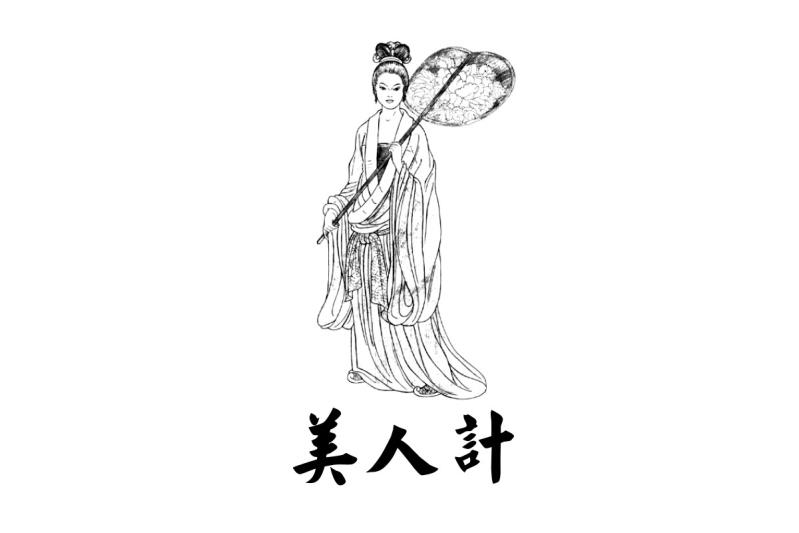
Summary:
The document discusses the psychological manipulations and strategic uses of beauty in military and political contexts throughout ancient China, illustrating how beautiful women were employed as tools to incite rivalry, jealousy, and distraction among enemies, thus undermining their effectiveness and authority.
Outline
- 1. Introduction to the Strategy of Beautiful Women
- 1.1 Overview of Psychological Manipulation
- 1.2 Historical Context
- 2. Historical Examples
- 2.1 Chang Yi and the King of Chu
- 2.1.1 The Encounter with Beautiful Women
- 2.2 The Han Emperor Gaozu and the Xiongnu Siege
- 2.2.1 Use of Jealousy to End a Siege
- 2.3 Wang Yun and Dong Zhuo
- 2.3.1 Scheme Involving Sable Cicada
- 2.3.2 Assassination of Dong Zhuo
- 3. Summary of Findings
- 3.1 Emotional Dynamics in Warfare
- 3.2 Consequences of Using Beauty as a Weapon
Glossary
| Term | Definition |
|---|---|
| - **Psychological Warfare** | Tactics aimed at influencing perceptions, emotions, and behaviors in order to gain a strategic advantage. |
| - **Warring States Period** | A historical period in ancient China characterized by constant military conflict among several states before the unification of China. |
| - **Concubine** | A woman who is in a recognized relationship with a man, often subordinate to a wife, used frequently in historical contexts for political alliances or personal satisfaction. |
| - **Intrigue** | Secret planning or plotting, often for political manipulation or deception. |
| - **Morale** | The confidence, enthusiasm, and discipline of a person or group, particularly in a military context. |
| - **Emotional Manipulation** | The act of influencing someone’s feelings or behavior for a specific purpose, often through deceit or coercion. |
| - **Tyrant** | A ruler who wields absolute power, especially one who exercises it in a cruel or oppressive manner. |
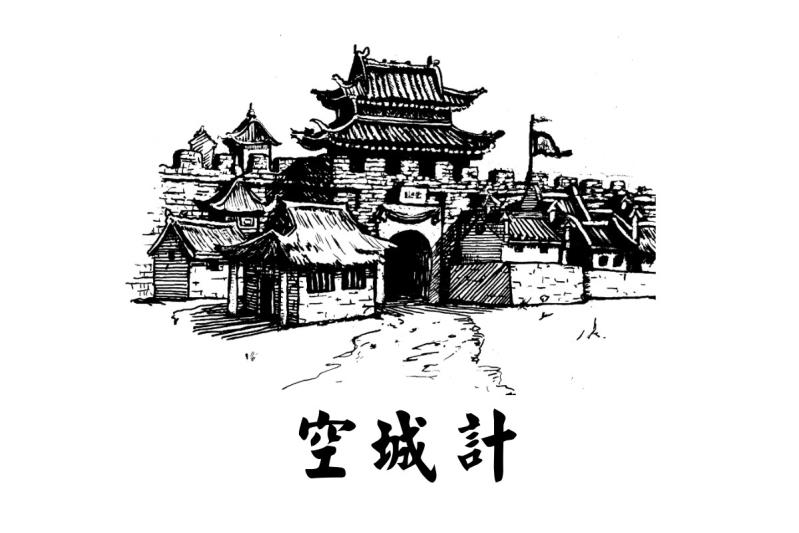
Summary:
This document discusses the "Strategy of Open City Gates," highlighting historical instances where commanders employed unexpected behaviors to deceive superior enemies, thereby preserving their forces and preventing attacks.
Outline
- 1. Introduction to the Strategy of Open City Gates
- 1.1 Concept Overview
- 1.2 Historical Context and Importance
- 2. Historical Examples
- 2.1 Han Dynasty China
- 2.1.1 General Li Cuang's Encounter with the Xiongnu
- 2.2 Three Kingdoms Period China
- 2.2.1 Kong Ming’s Defense Against Sima Yi
- 2.3 Hojo Regency Japan
- 2.3.1 Tokugawa Ieyasu at Mikatagahara
- 3. Analysis of the Strategy
- 3.1 Psychological Impact on the Enemy
- 3.2 Requirement of Self-Control
- 3.3 Summary of Key Lessons Learned
Glossary
| Term | Definition |
|---|---|
| - **Open City Gates** | A military strategy where defenses are deliberately left unguarded or open to create an illusion of vulnerability. |
| - **Reverse Psychology** | A technique that involves advocating for an action that is opposite to what one desires, leading others to choose the desired path. |
| - **Vanguard** | The foremost part of an advancing army, often tasked with engaging the enemy first and scouting the battlefield. |
| - **Siege** | A military operation involving the surrounding and blockading of a city or fortress to force its surrender. |
| - **Decoy** | An object or strategy designed to distract or mislead an enemy. |
| - **Baiting a Trap** | The act of luring an enemy into a position where they can be easily attacked or defeated. |
| - **Supreme Self-Control** | The ability to maintain composure and discipline in high-pressure situations, crucial for successful deception in military strategies. |
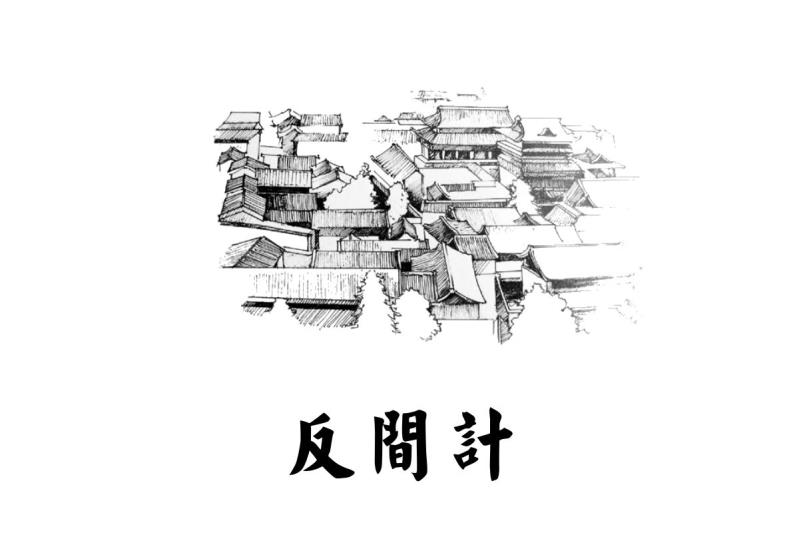
Summary:
This document outlines the strategy of sowing discord to undermine an enemy by creating internal conflicts among their ranks, ultimately reducing their effectiveness in combat and preventing alliances against one’s own state.
Outline
- 1. Introduction to Discord as a Strategy
- 1.1 Definition of Sowing Discord
- 1.2 Importance in Military Context
- 2. Historical Examples
- 2.1 Warring States Period
- 2.1.1 The Kingdom of Qin's Tactics
- 2.1.2 Minister Ying's Plan
- 2.2 Three Kingdoms Period
- 2.2.1 Cao Cao's Naval Challenges
- 2.2.2 Jiang Kan's Intelligence Mission
- 2.3 Six Dynasties Period
- 2.3.1 Emperor Tai Wu's Siege
- 2.3.2 The Urine Incident
- 3. Conclusion
- 3.1 Summary of Discord's Impact
- 3.2 Lessons on Internal Harmony for Effectiveness
Glossary
| Term | Definition |
|---|---|
| - **Discord** | A lack of harmony or disagreement among individuals or groups. |
| - **Warring States Period** | An era in ancient China (475-221 BC) characterized by frequent warfare and the division of the country into several rival states. |
| - **Alliance** | A formal agreement or union between two or more parties for mutual benefit, particularly in military contexts. |
| - **Cunning Deception** | A strategy that involves misleading others to create confusion and gain advantages. |
| - **Doomed Spy** | An enemy spy employed to gather information through deceptive means, typically leading to their demise when the deception is uncovered. |
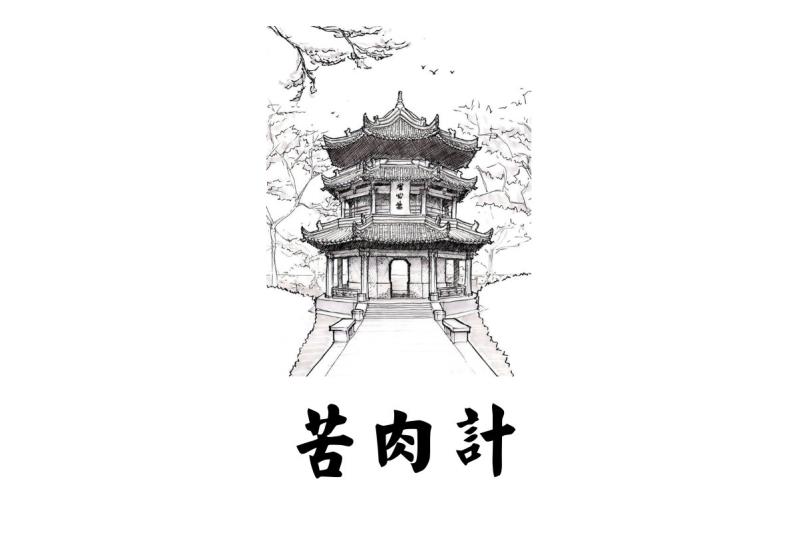
Summary:
The document explores the strategic principle of feigning injury or weakness in military contexts to deceive an opponent, thereby lowering their guard and creating opportunities for ambush or retreat. It presents historical examples from Chinese and Japanese history, illustrating how this tactic has been successfully employed by notable figures like Sun Ce and Zhou Yu.
Outline
- 1. Introduction to the Strategy of Injuring Yourself
- 1.1 Definition and Purpose
- 1.2 Historical Context
- 2. Historical Examples
- 2.1 Three Kingdoms Period China
- 2.1.1 Sun Ce's Campaign at Moling
- 2.1.2 Zhou Yu's Tactical Deception
- 2.2 Edo Period Japan
- 2.2.1 Kaei Juzo's Escape
- 3. Summary of Tactics and Applications
- 3.1 Implications of Feigned Injury
- 3.2 Broader Applications in Nature and Warfare
Glossary
| Term | Definition |
|---|---|
| 1. Strategy | A plan of action designed to achieve a long-term or overall aim, particularly in military contexts. |
| 2. Deception | The act of misleading or tricking an opponent, often to gain a favorable position or advantage. |
| 3. Feigning | Pretending or simulating a condition, such as injury, to manipulate the perceptions of others. |
| 4. Seppuku | A form of ritual suicide in Japanese culture, typically performed by samurai as an honorable death. |
| 5. Ambush | A surprise attack from a concealed position meant to catch the enemy off guard. |
| 6. Garrison | A troop stationed in a fortified location to defend it. |
| 7. Defector | An individual who abandons their allegiance to one group, often switching to a rival entity, typically under duress or deception. |
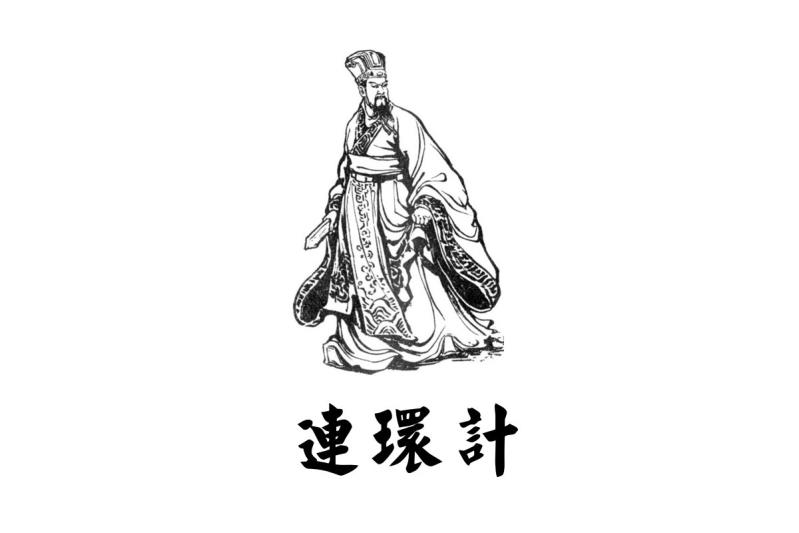
Summary:
The document presents strategies from the Warring States Period of China and Heian Period Japan that emphasize the importance of using simultaneous and diverse tactics to achieve victory in warfare, exemplified through historical anecdotes.
Outline
- 1. Introduction to the Strategy of Combining Tactics
- 1.1 Historical Context
- 1.2 Importance of Diverse Tactics
- 2. Case Study: The Heir of Chu
- 2.1 The Three Generals' Recommendations
- 2.2 The King's Decision to Use All Strategies
- 2.3 Outcome of the Strategies Implemented
- 3. Case Study: Tian Dan's Counterattack
- 3.1 The Yan General Yue Yi
- 3.2 Tactical Preparations for the Counterattack
- 3.3 Execution of the Attack and Its Success
- 4. Case Study: The Battle of Kurikara
- 4.1 Minamoto Yoshinaka's Preparation
- 4.2 Strategies Employed in the Battle
- 4.3 Outcome of the Conflict
- 5. Summary and Conclusion
- 5.1 Key Principles of Combining Tactics
- 5.2 Final Thoughts on Victory in Warfare
Glossary
| Term | Definition |
|---|---|
| - **Strategy** | A plan of action designed to achieve a long-term or overall aim in a military context. |
| - **Tactic** | A specific action or method used to accomplish a particular objective within a broader strategy. |
| - **Warring States Period** | A historical period in ancient China (475–221 BCE) characterized by constant warfare between various states. |
| - **Heian Period** | A period in Japanese history (794-1185) noted for its cultural achievements and political strife, particularly among the samurai clans. |
| - **Ploy** | A cunning plan or action designed to turn a situation to one's advantage, often used in military strategy to deceive the opponent. |
| - **Simultaneous Attacks** | Military maneuvers where multiple offensives are launched at the same time to overwhelm the enemy. |
| - **Troop Detachment** | A portion of a military force separated from the main body for a specific mission. |
| - **Ruse** | A deceptive maneuver employed to confuse or mislead an adversary. |
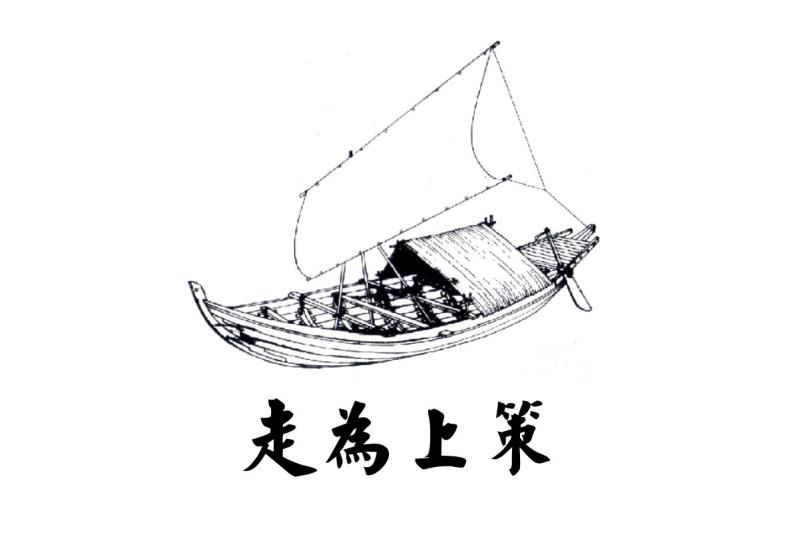
Summary:
The document discusses the principle of retreat in warfare as a strategic option when facing overwhelming odds, illustrating this concept through historical examples from ancient Chinese military encounters and emphasizing the importance of recognizing when to withdraw to preserve strength for future engagements.
Outline
- 1. Overview of Retreat as Strategy
- 1.1 Importance of Recognizing Defeat
- 1.2 Historical Contexts of Retreat
- 2. Case Studies from Ancient China
- 2.1 Battle of Bi (597 B.C.)
- 2.1.1 Advice and Decisions of Ji Hui
- 2.1.2 Consequences of Ignoring Precautions
- 2.2 Wang Chu's Escape in Yan
- 2.3 Emperor Huidi's Flight from Nanjing
- 3. Conclusion
- 3.1 The Principle of Non-action
- 3.2 The Strategic Value of Retreat in Warfare
Glossary
| Term | Definition |
|---|---|
| 1. **Retreat** | The act of withdrawing from a position, especially in military contexts, to avoid defeat or regroup. |
| 2. **Ambush** | A surprise attack by people lying in wait in a concealed position. |
| 3. **Skirmish** | A minor fight or argument, often occurring before a battle. |
| 4. **Regroup** | To organize troops again after a retreat to prepare for future action. |
| 5. **Incompetence** | Lack of ability or knowledge to perform effectively; often leading to failure. |
| 6. **Non-action** | A principle from Daoism emphasizing inaction or the avoidance of conflict in favor of natural flow. |
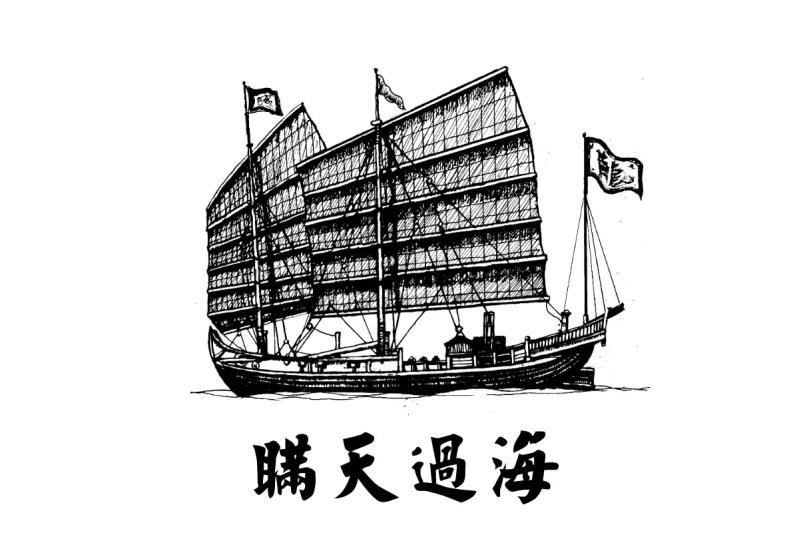
Summary:
The Thirty-Six Strategies is a compilation of ancient Chinese proverbs detailing cunning military tactics and strategies applicable to warfare, politics, and diplomacy, emphasizing deception, psychological warfare, and the art of surprise.
Outline
- 1. Introduction
- 1.1 Overview of The Thirty-Six Strategies
- 1.2 Historical Context
- 1.3 Purpose and Application
- 2. The Thirty-Six Strategies
- 2.1 Strategy 1: Fool the Emperor to Cross the Sea
- 2.1.1 Description
- 2.1.2 Historical Anecdotes
- 2.1.3 Summary
- 2.2 Strategy 2: Besiege Wei to Rescue Zhao
- 2.2.1 Description
- 2.2.2 Tactical Insights
- 2.2.3 Summary
- 3. Application in Modern Context
- 3.1 Military Strategy
- 3.2 Political and Diplomatic Maneuvering
- 3.3 Psychological Insights
- 4. Conclusion
- 4.1 Timeless Nature of the Strategies
- 4.2 Learning from Historical Examples
- 4.3 Final Thoughts on Deception and Strategy
Glossary
| Term | Definition |
|---|---|
| - **Thirty-Six Strategies** | A collection of proverbs outlining tactical approaches primarily derived from ancient Chinese military strategy. |
| - **Warring States Period** | An era in ancient Chinese history (403-221 B.C.) characterized by intense warfare among seven rival states. |
| - **Psychological Warfare** | Tactics intended to create psychological effects in an adversary to undermine their will and morale. |
| - **Element of Surprise** | A tactical advantage gained from attacking an opponent when they are least prepared. |
| - **Habituation** | A psychological phenomenon in which an individual becomes less responsive to a repeated stimulus over time. |
| - **Ambush** | A surprise attack from a concealed position. |
| - **Fortified Stockade** | A defensive military structure built for protection against attacks. |
| - **Diplomatic Deception** | Tactics employed to mislead or manipulate opponents in political contexts. |
| - **Lure** | To entice or attract an enemy into a disadvantageous position. |